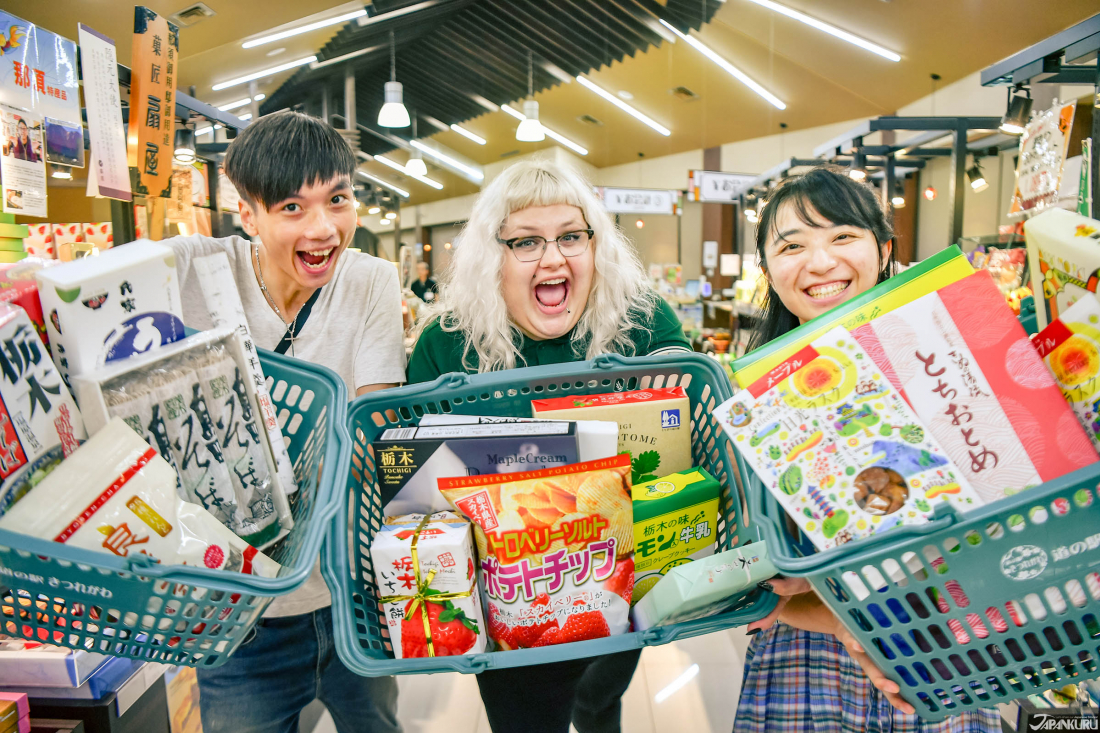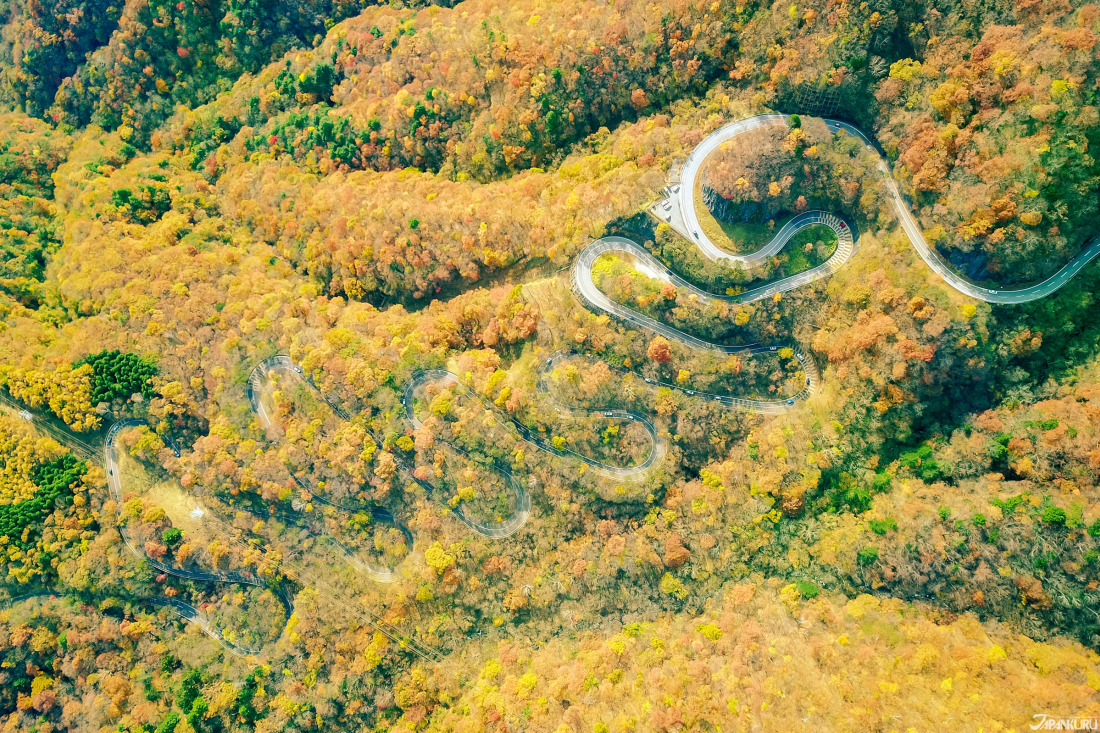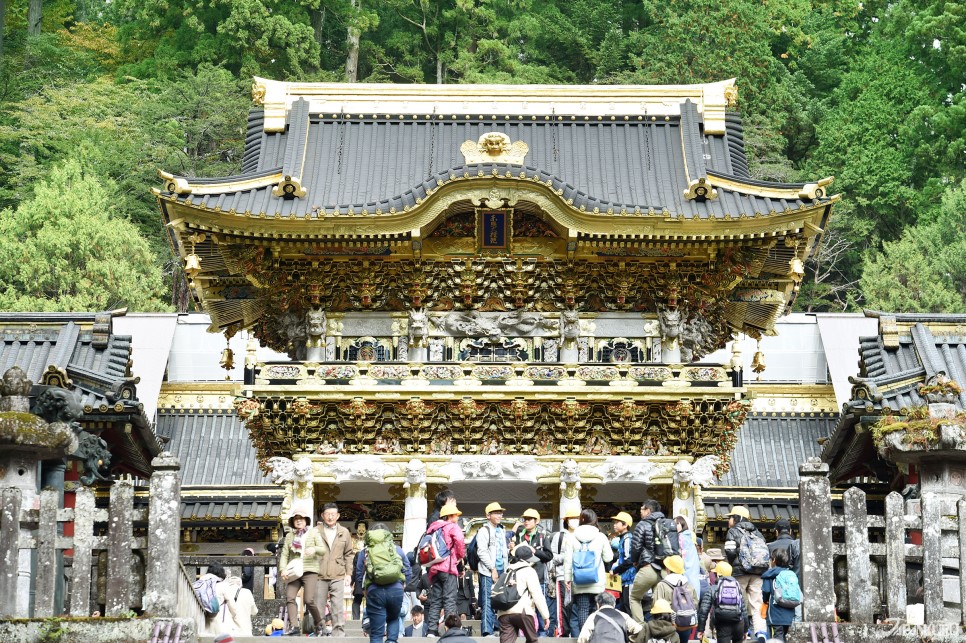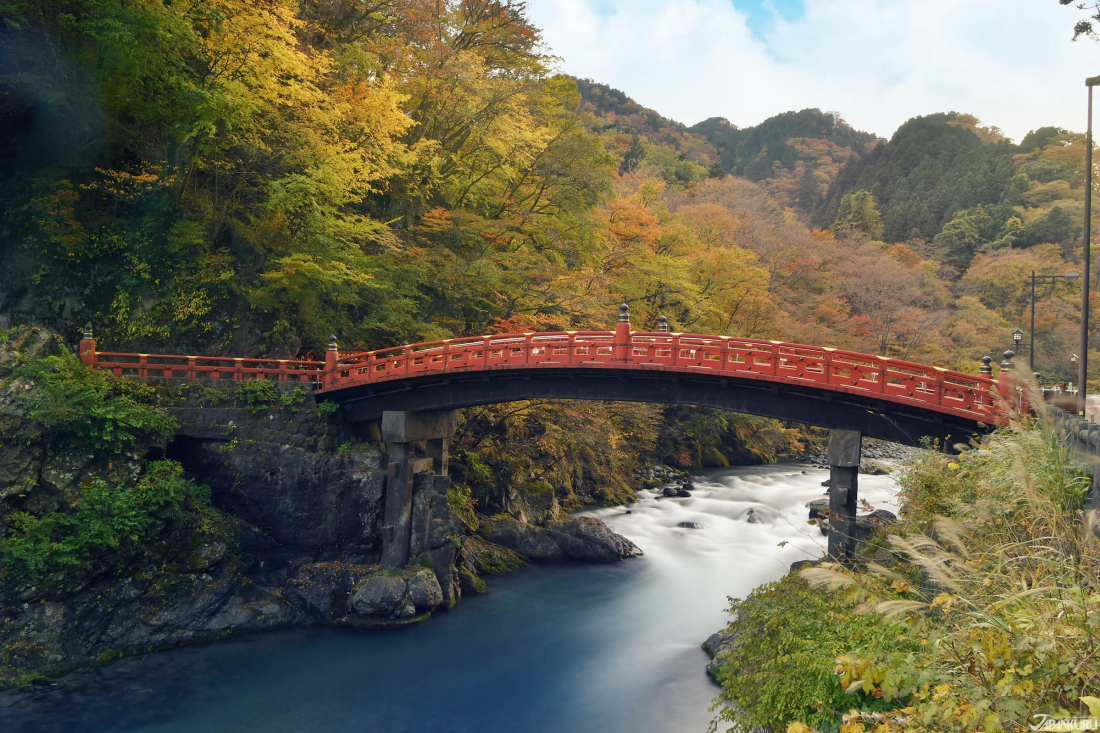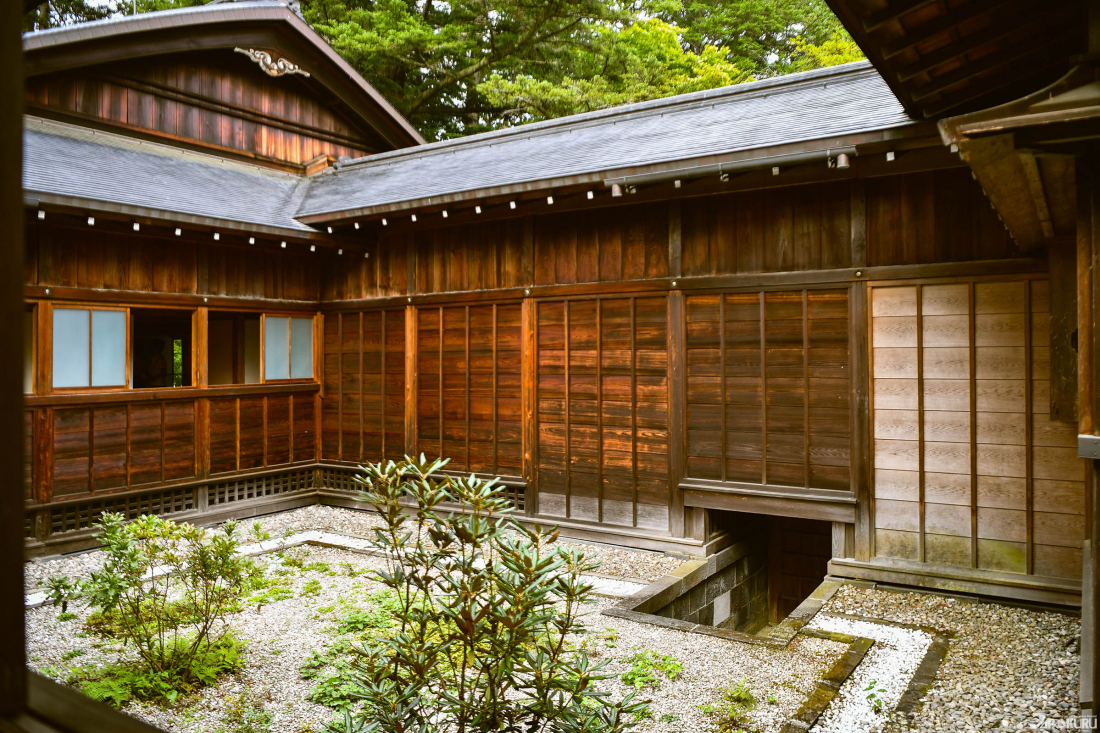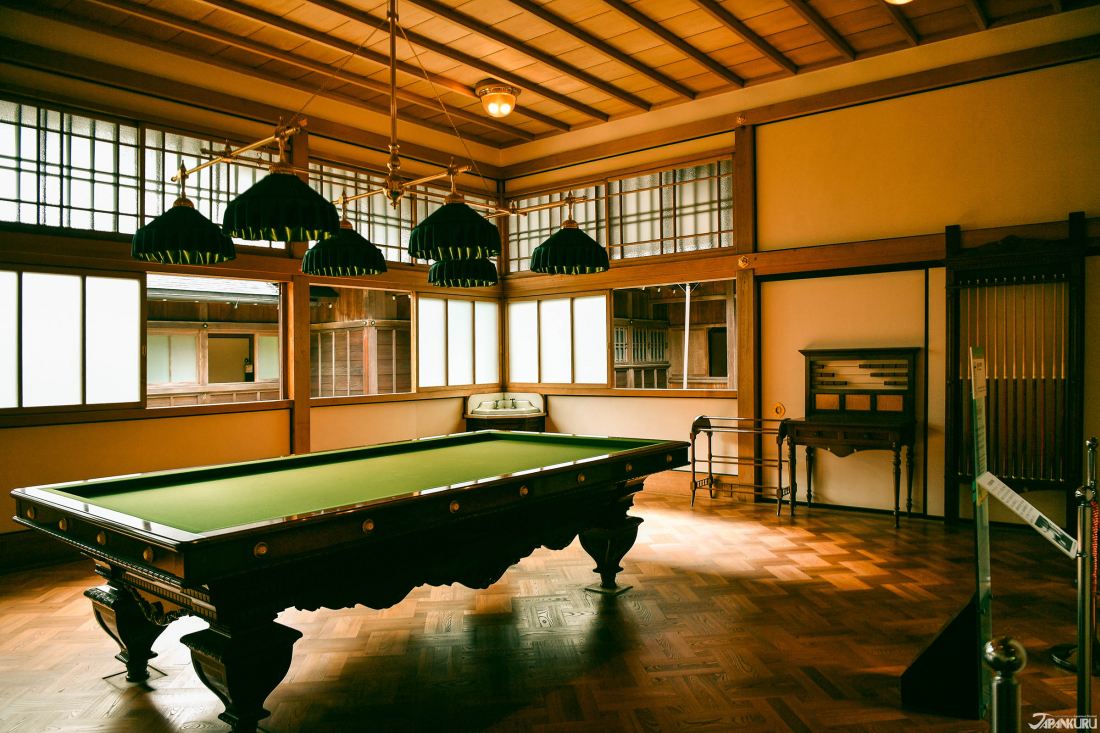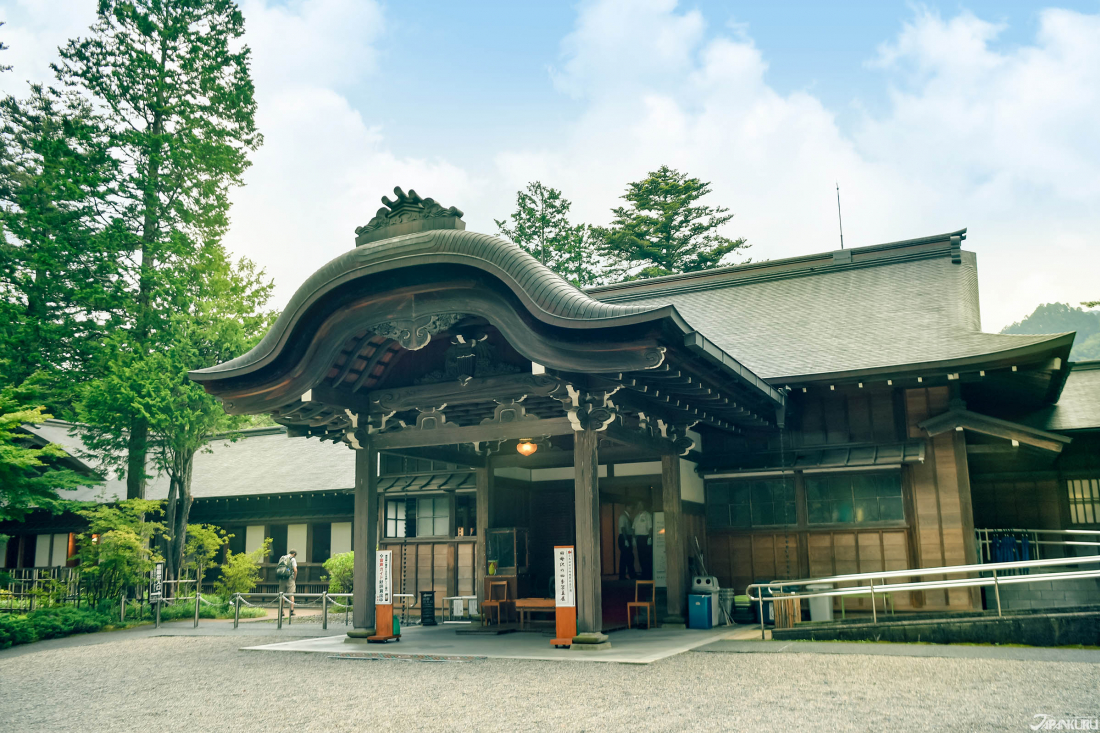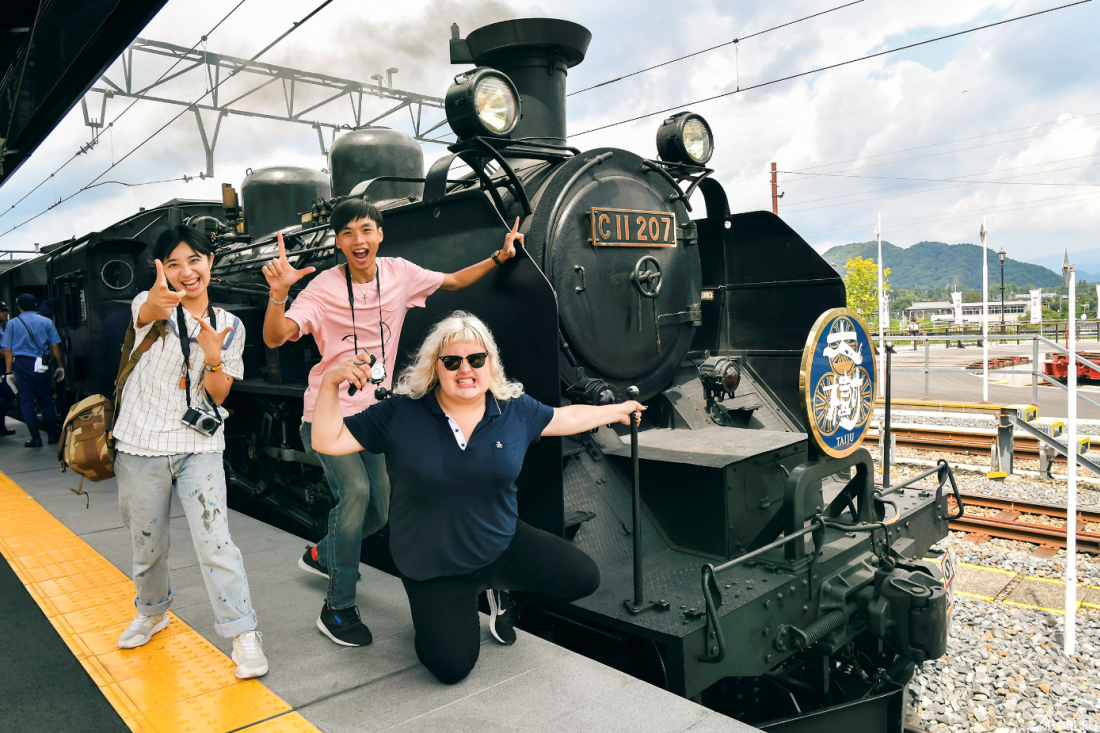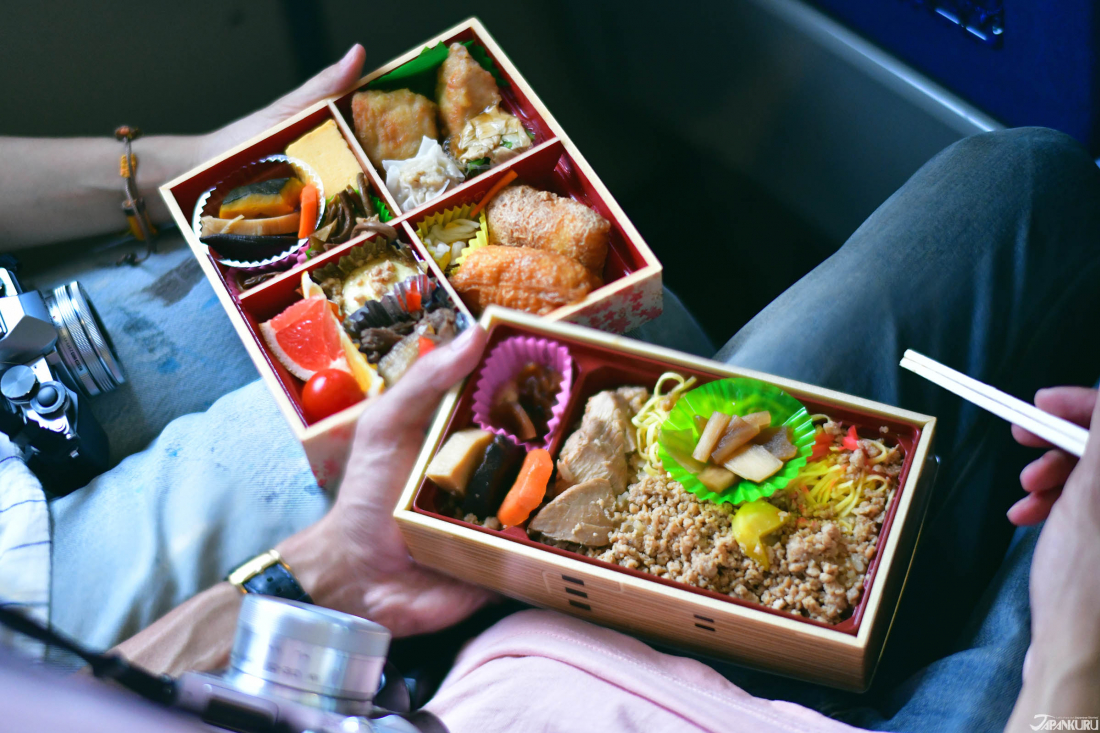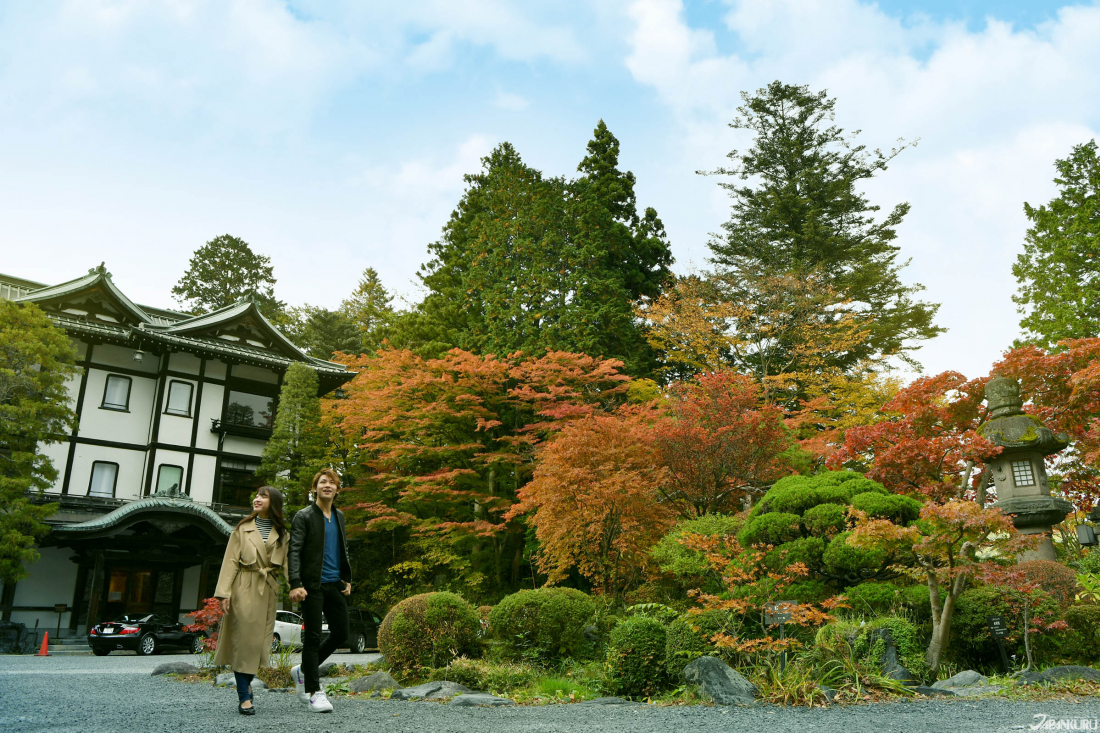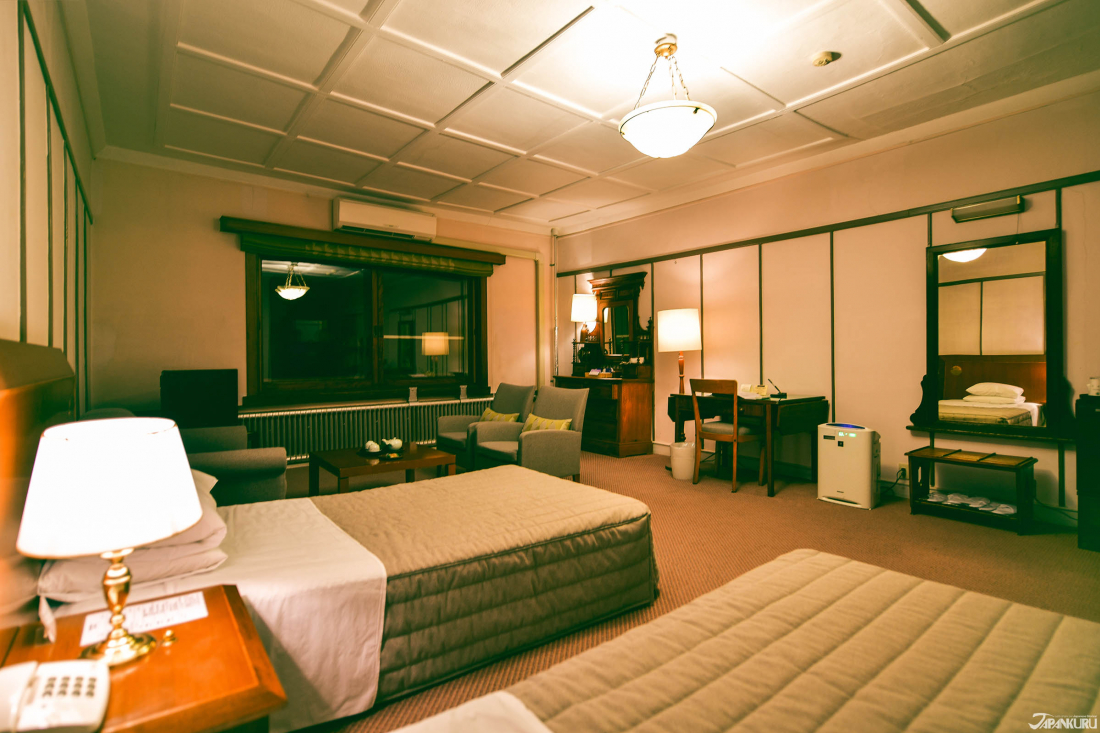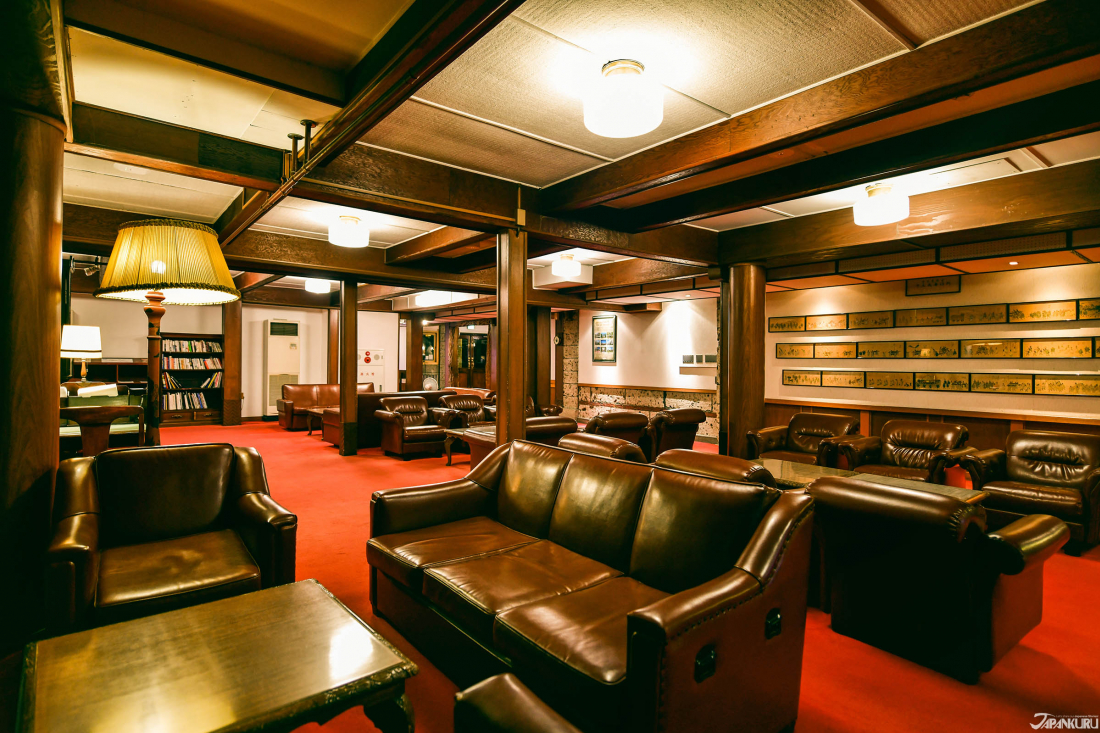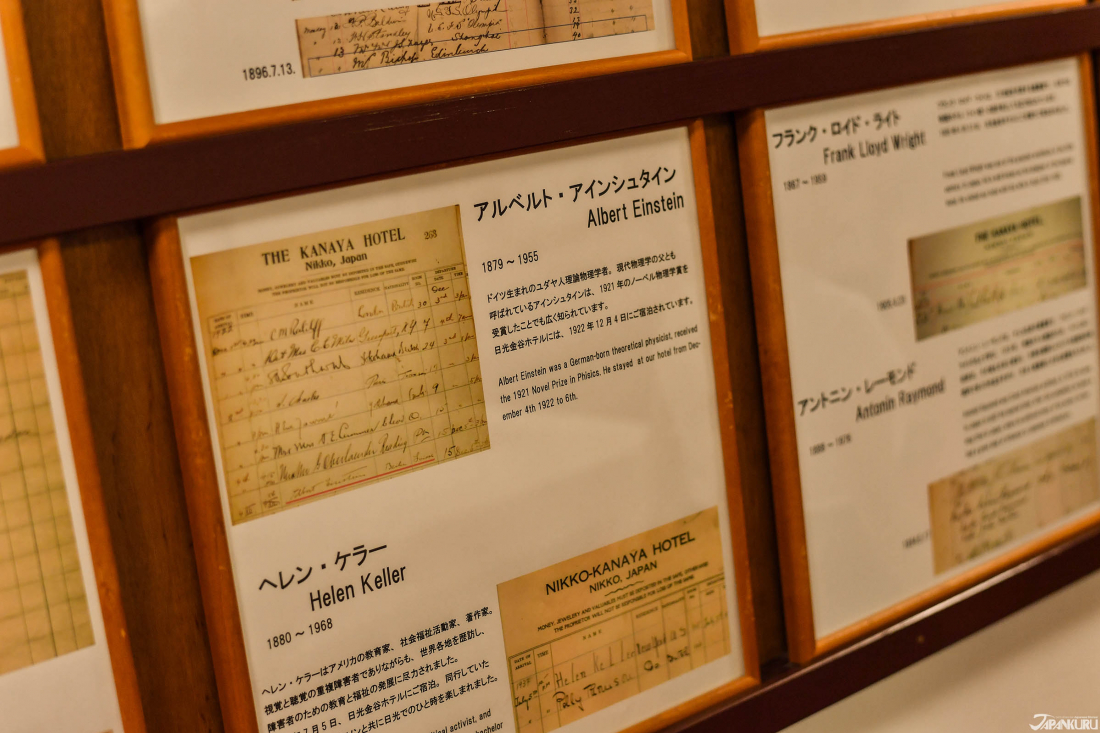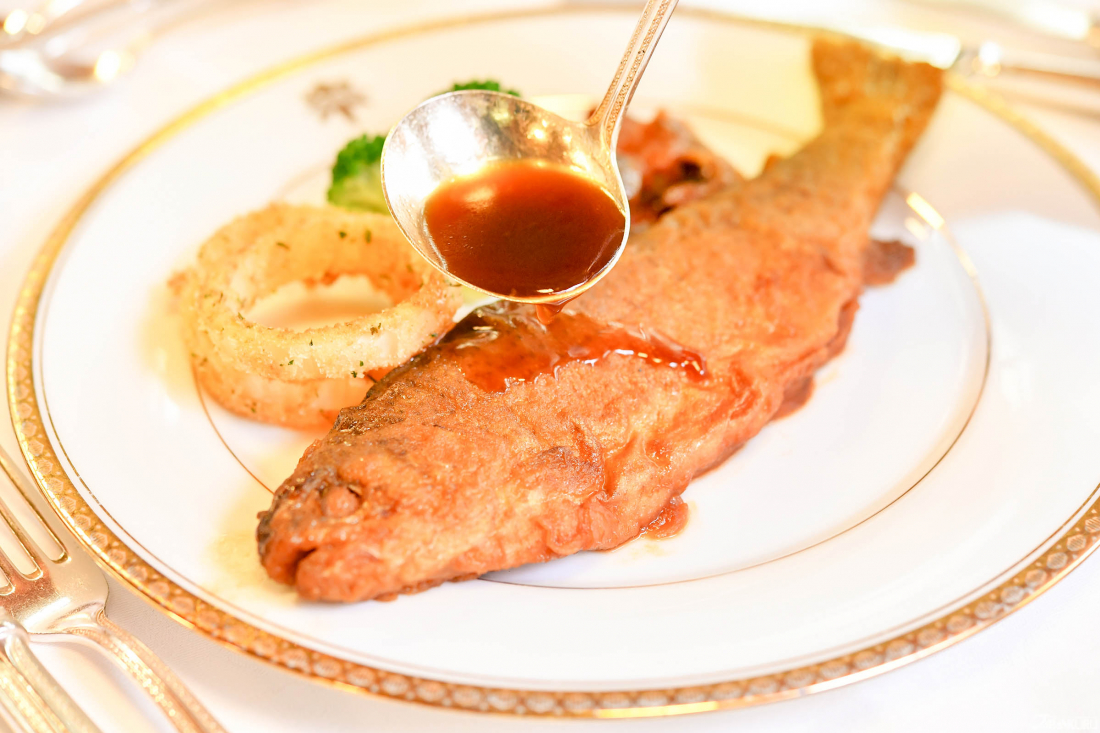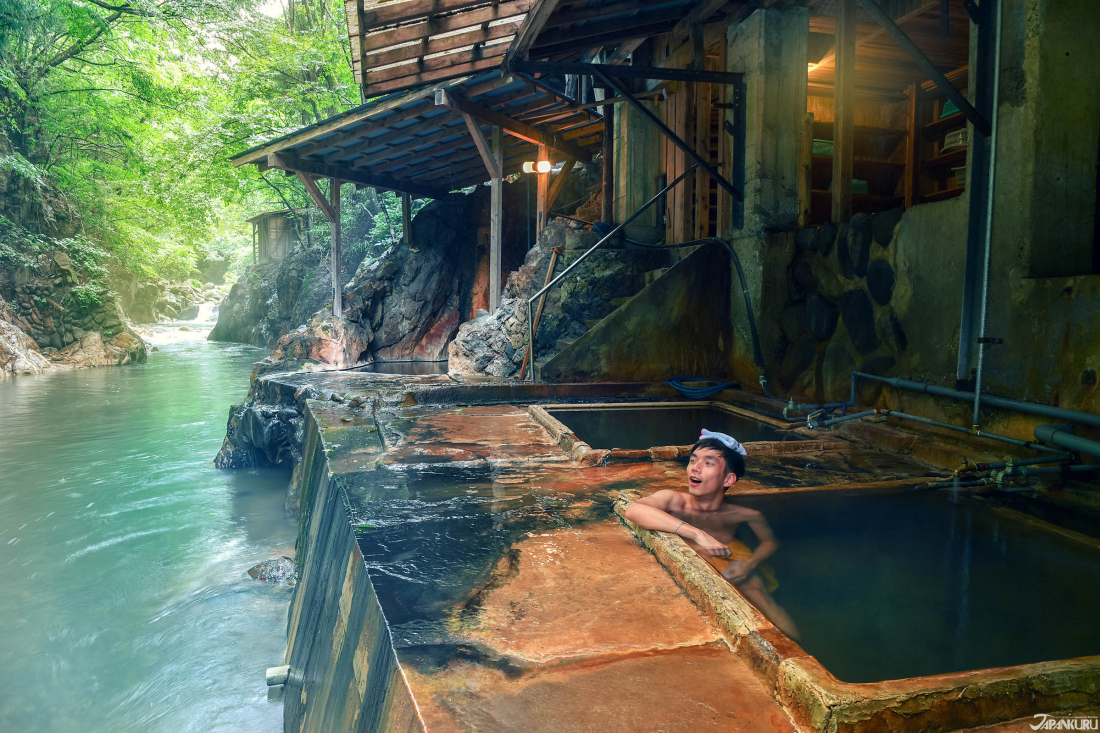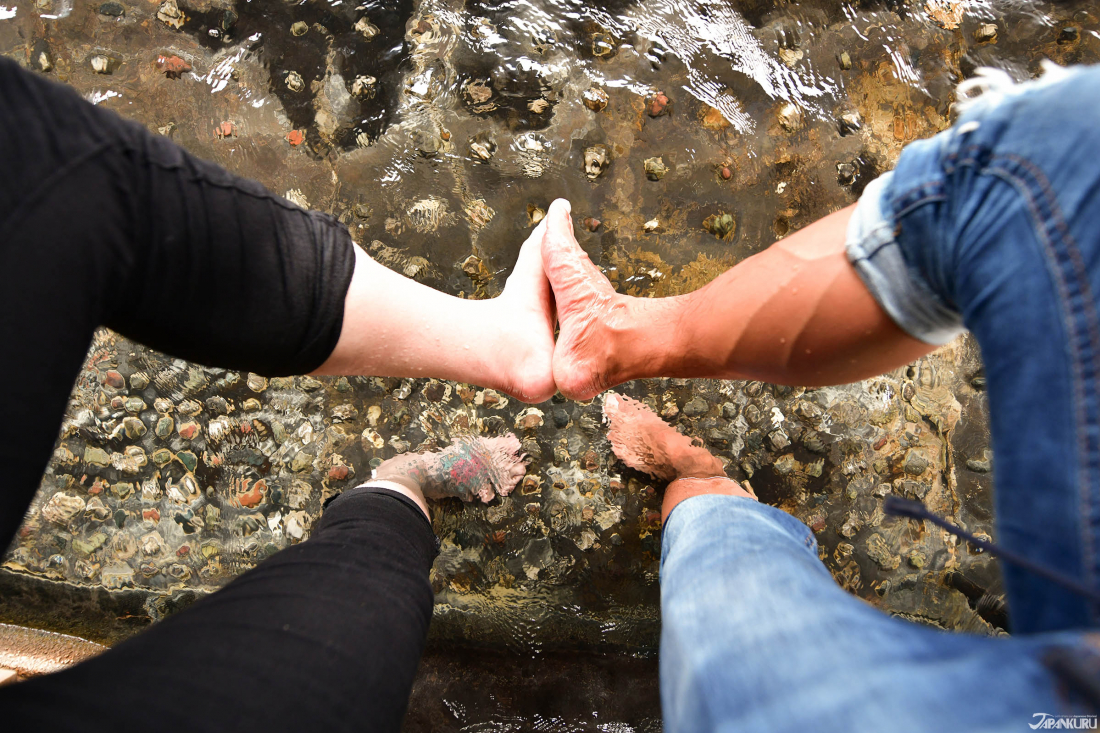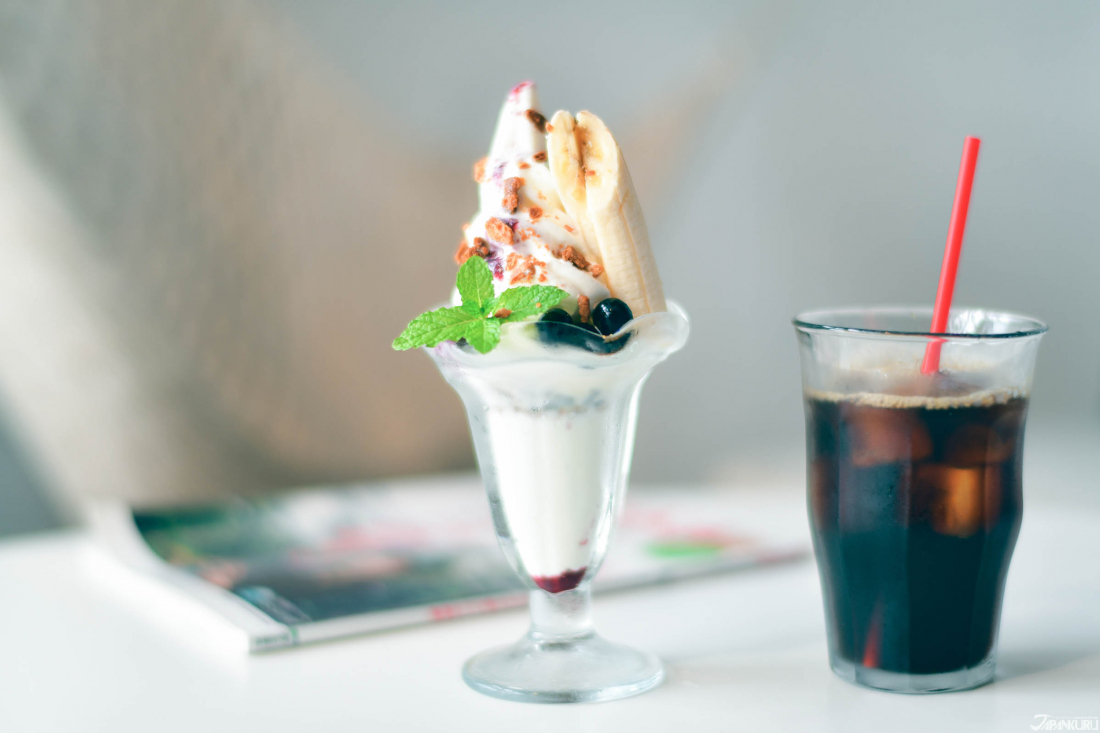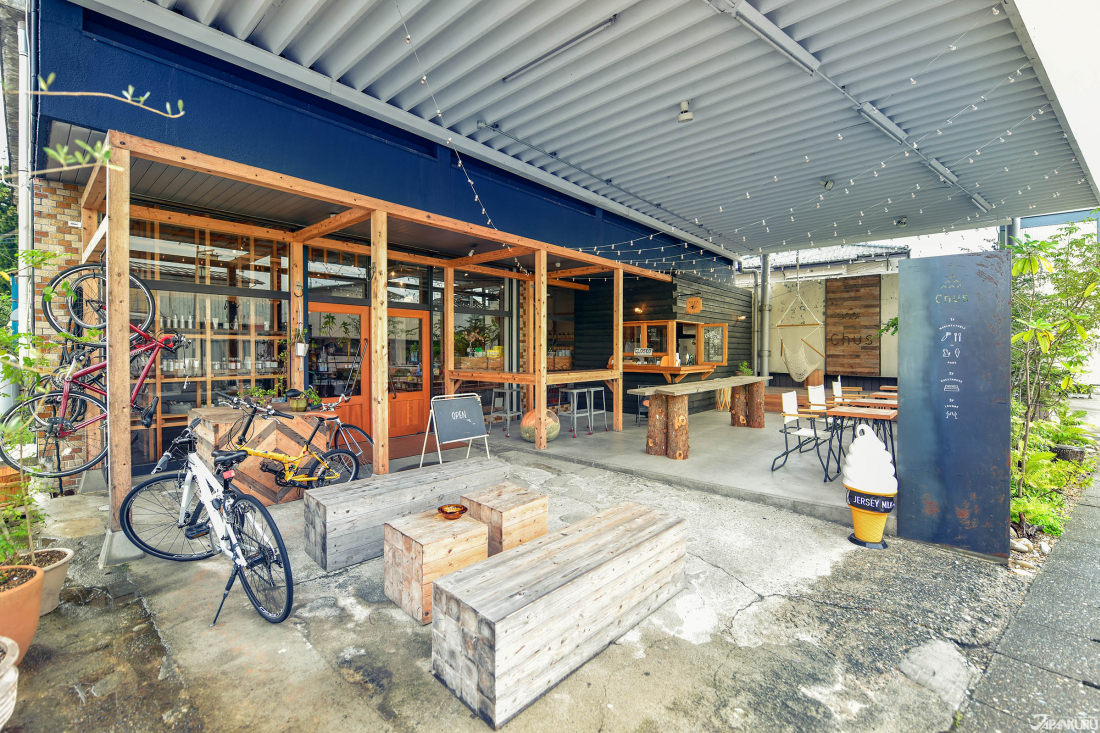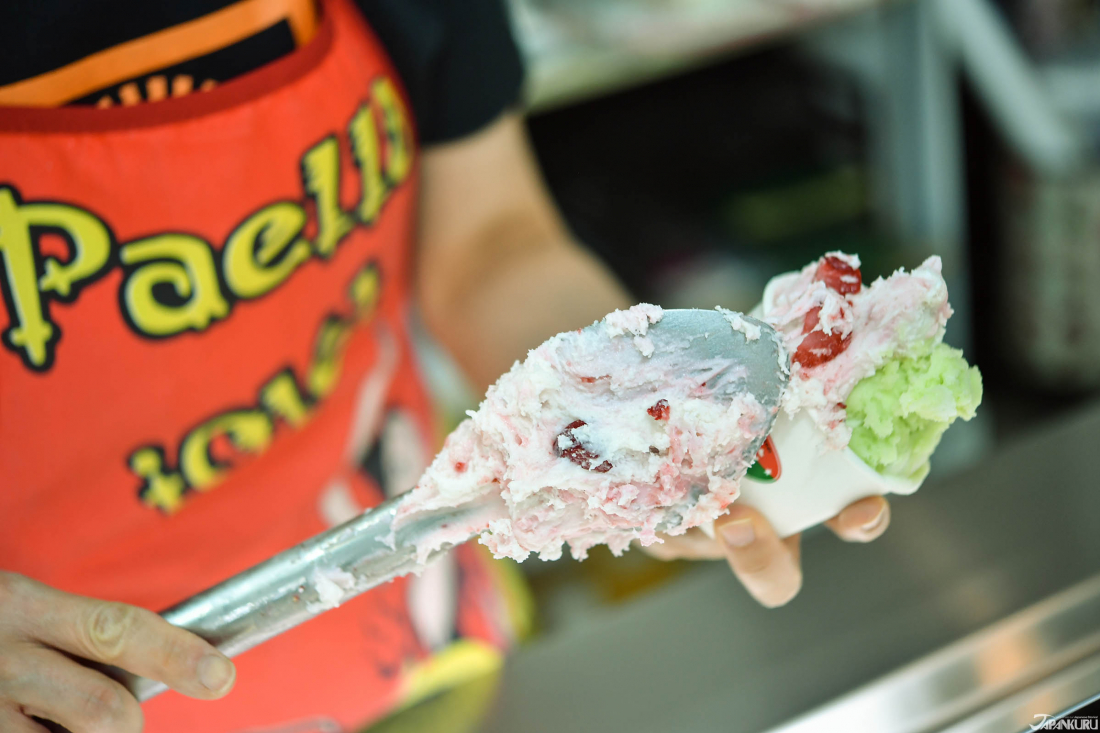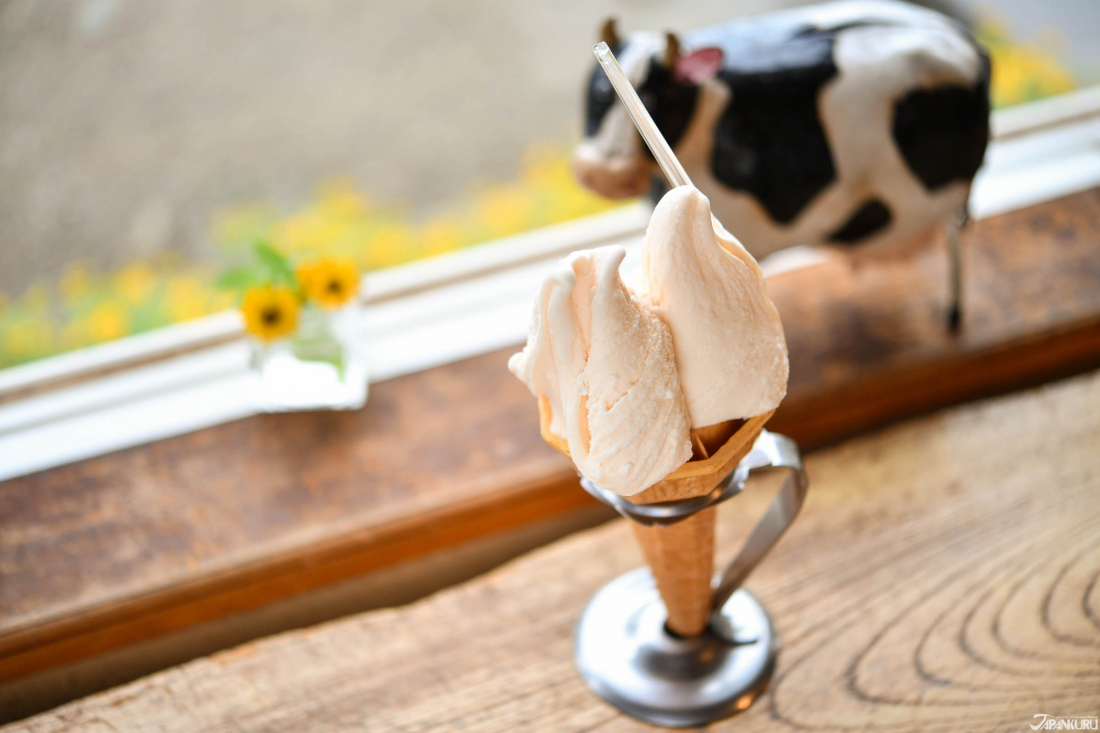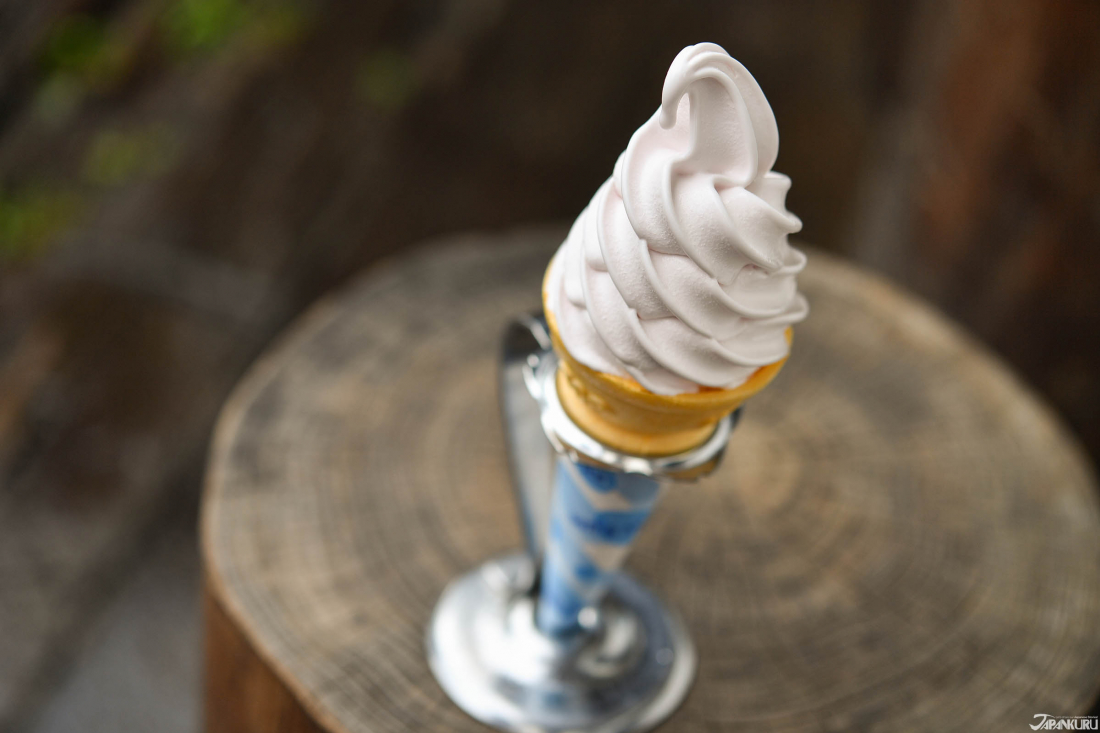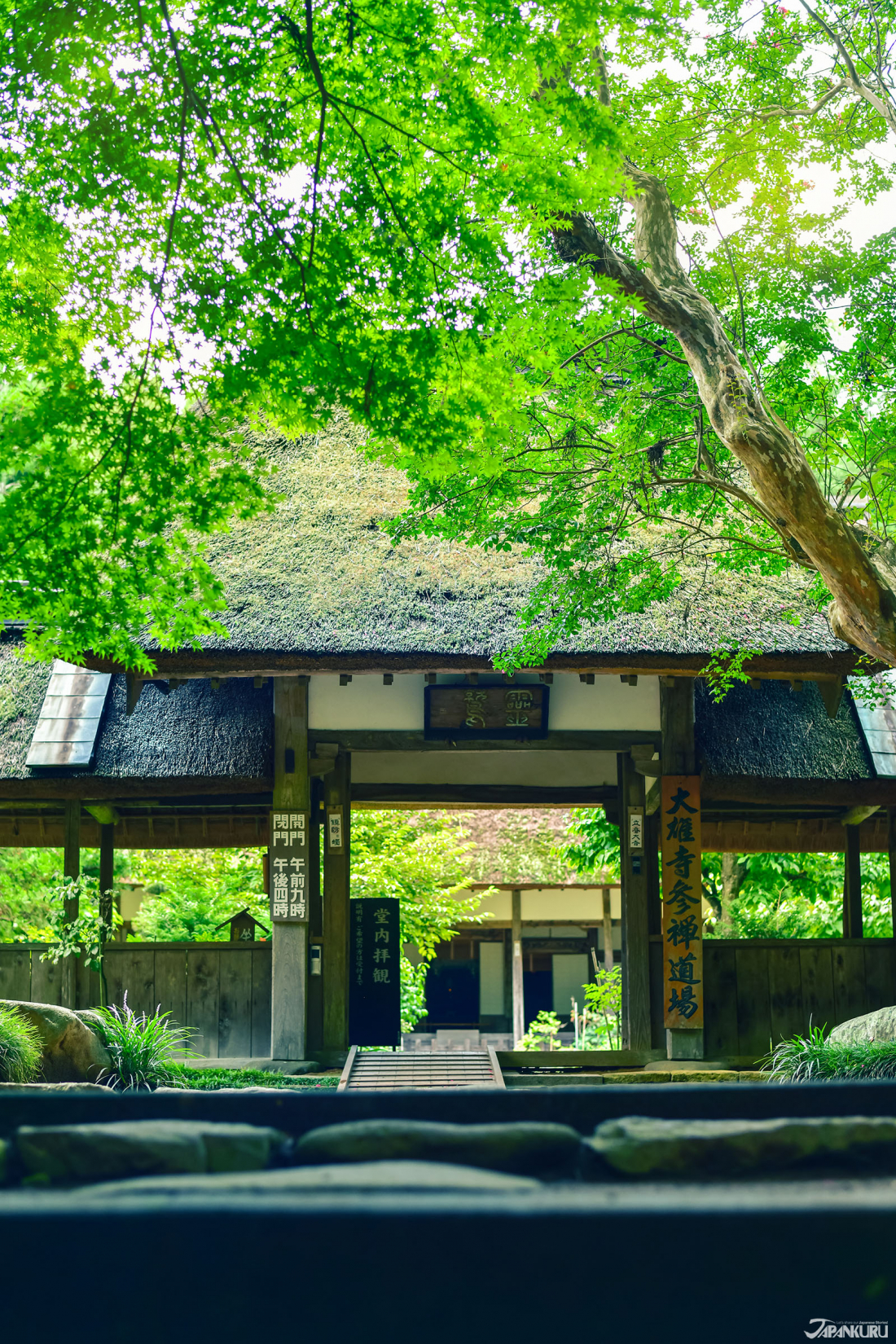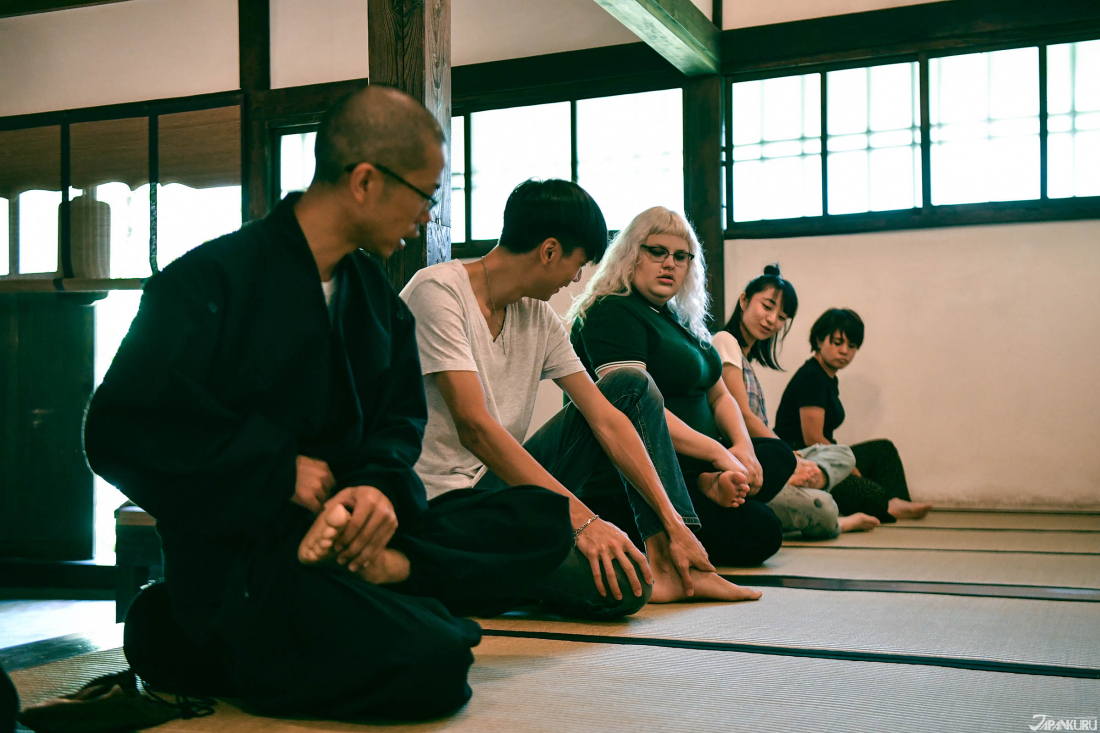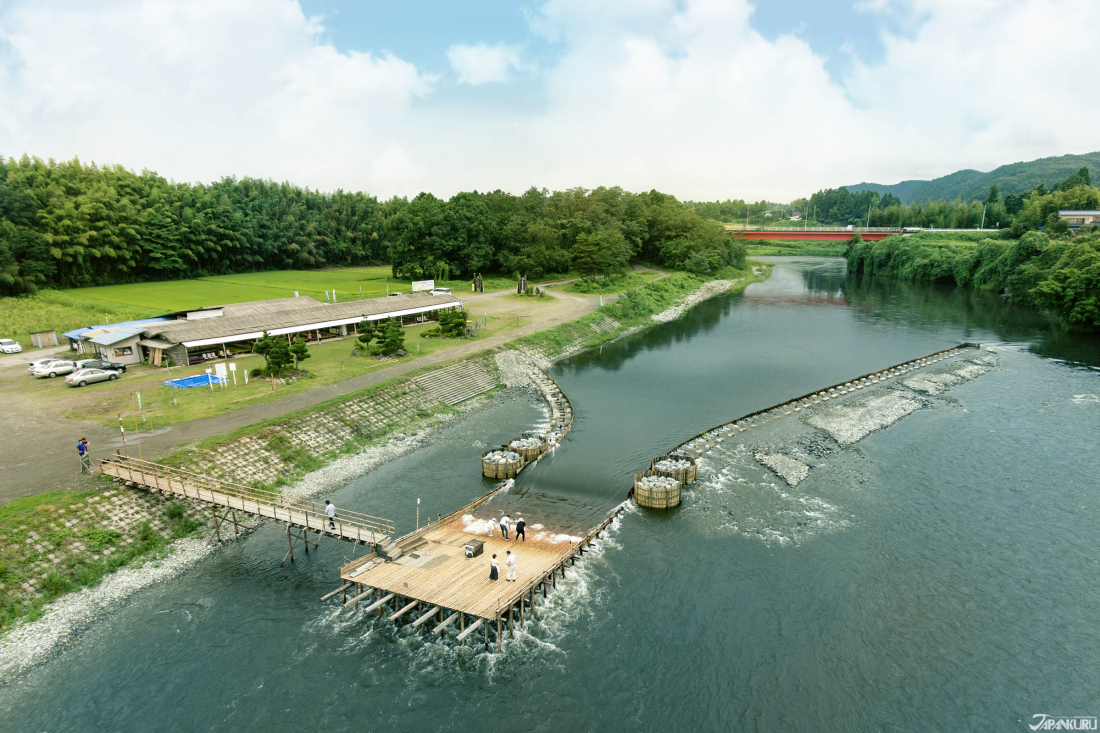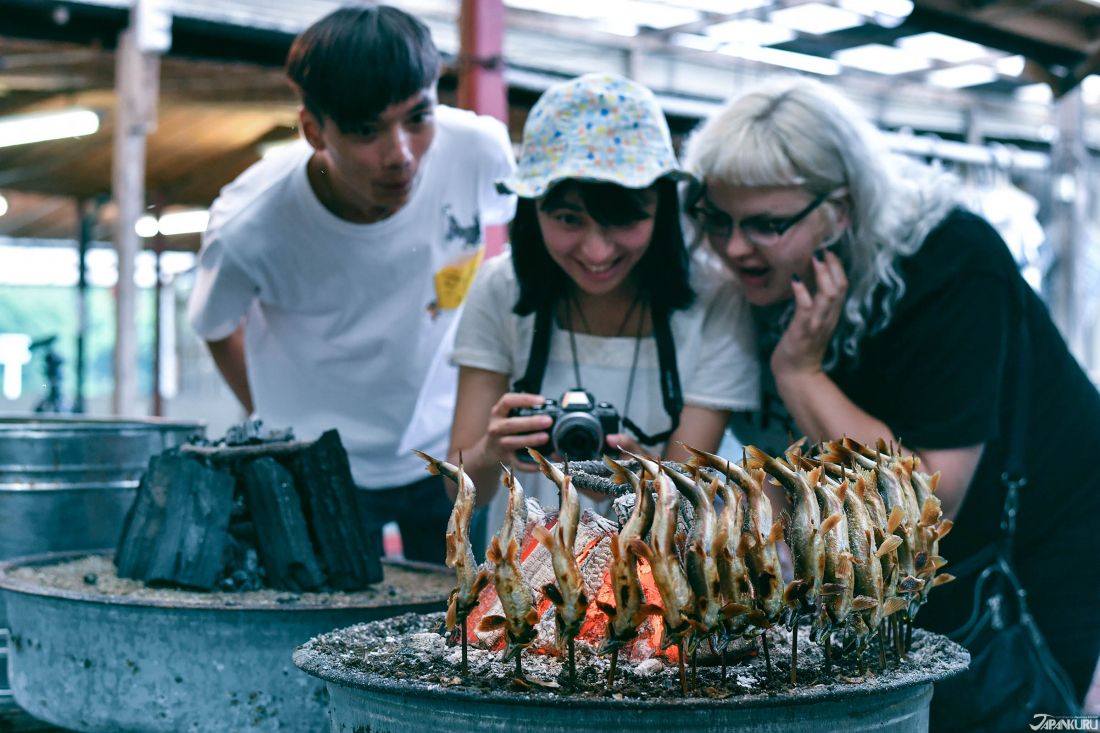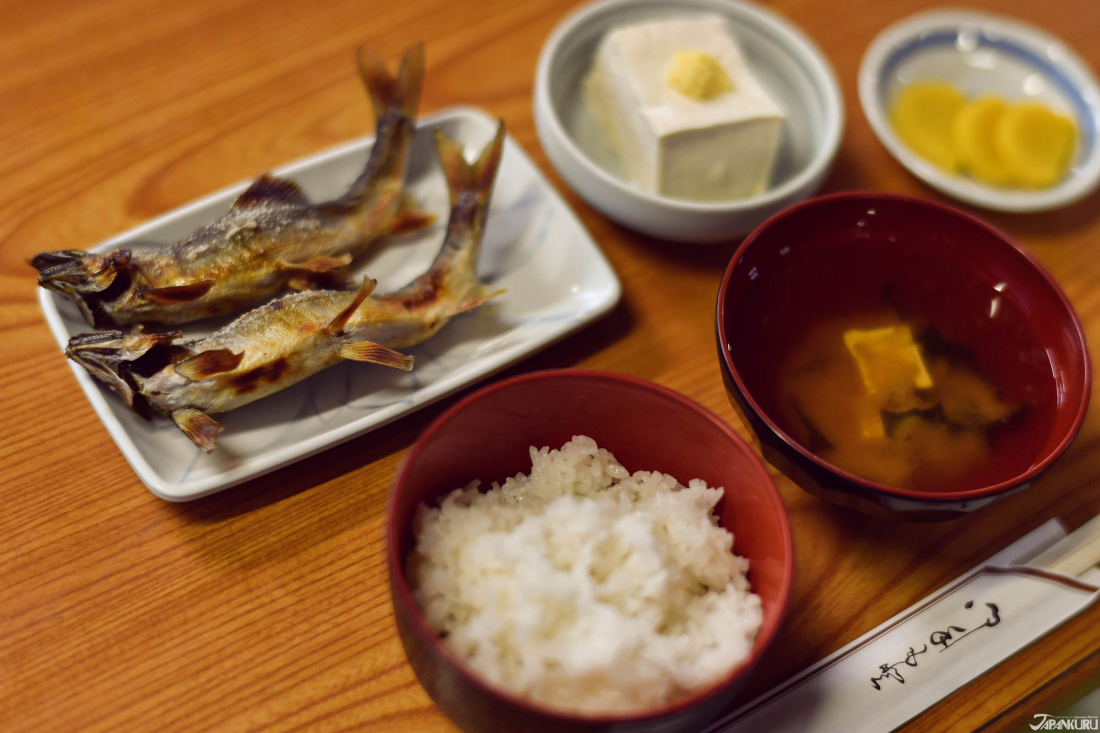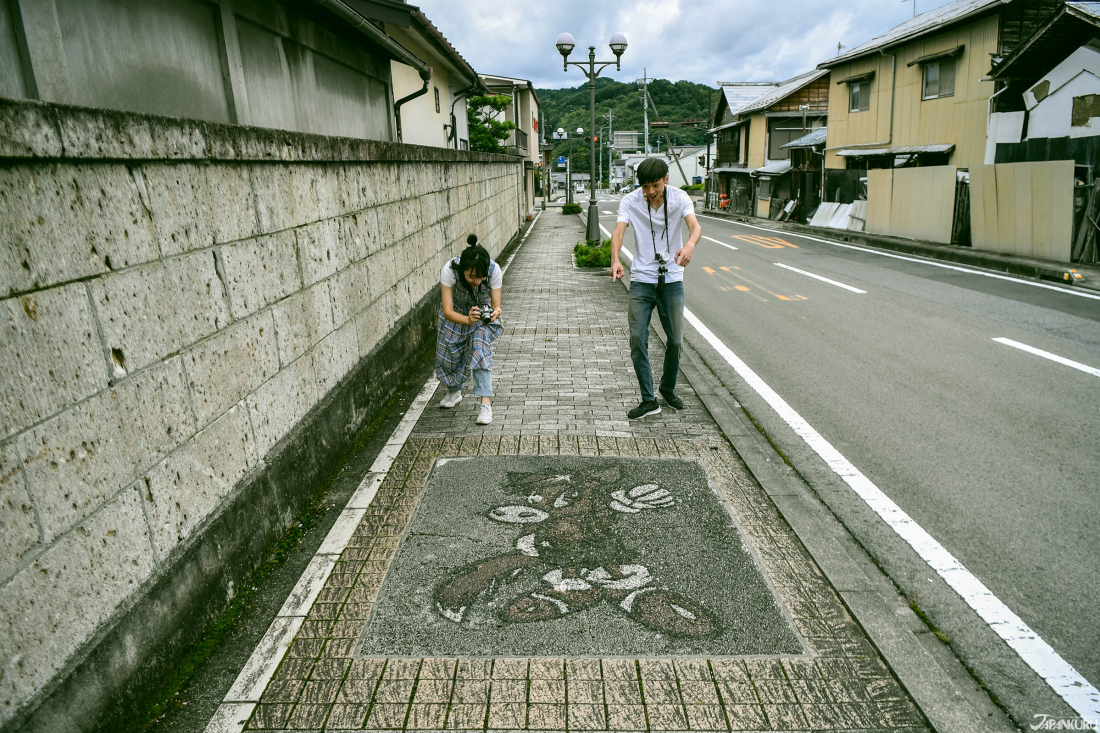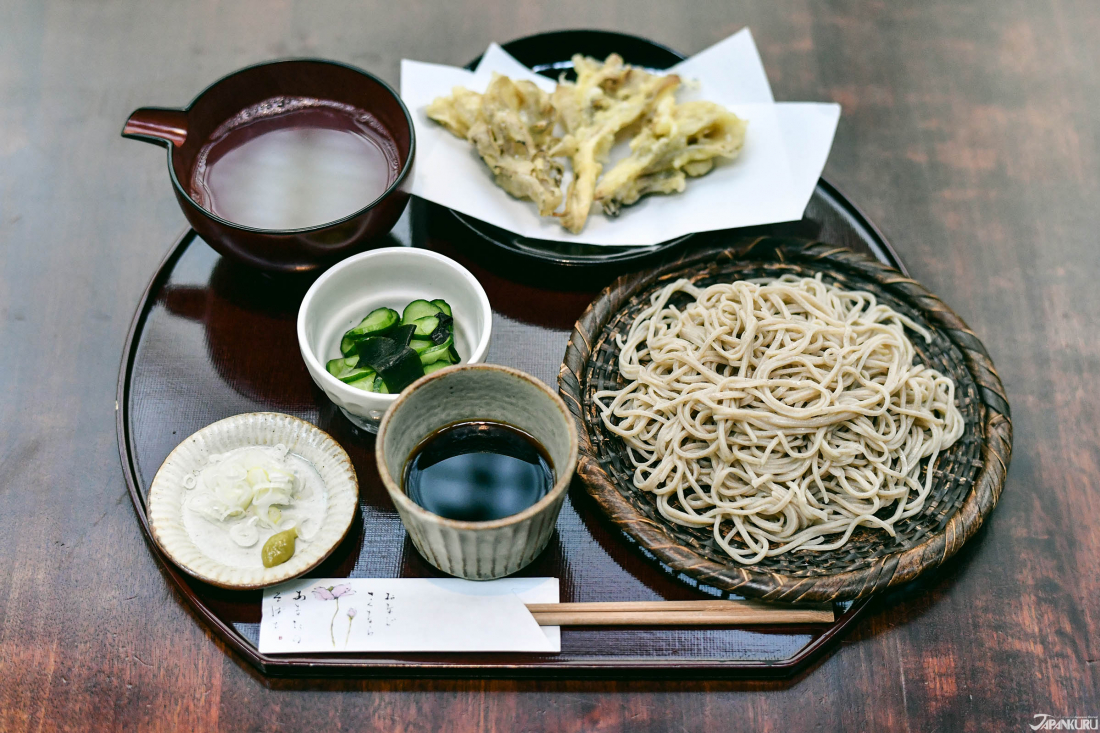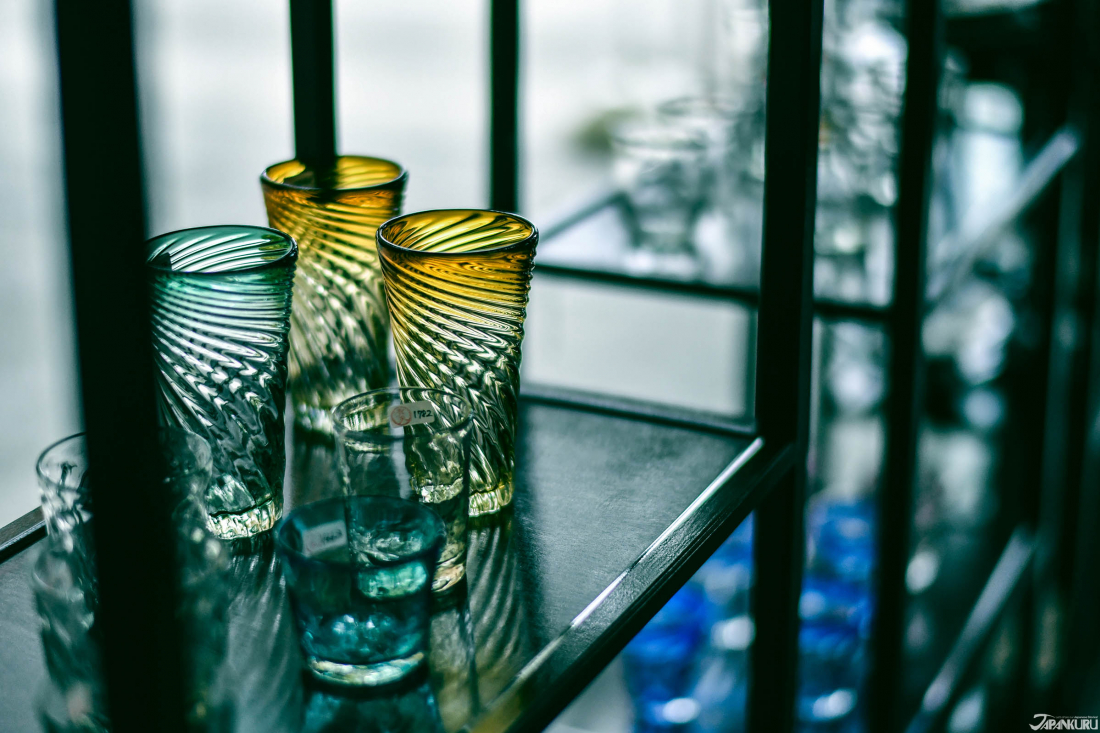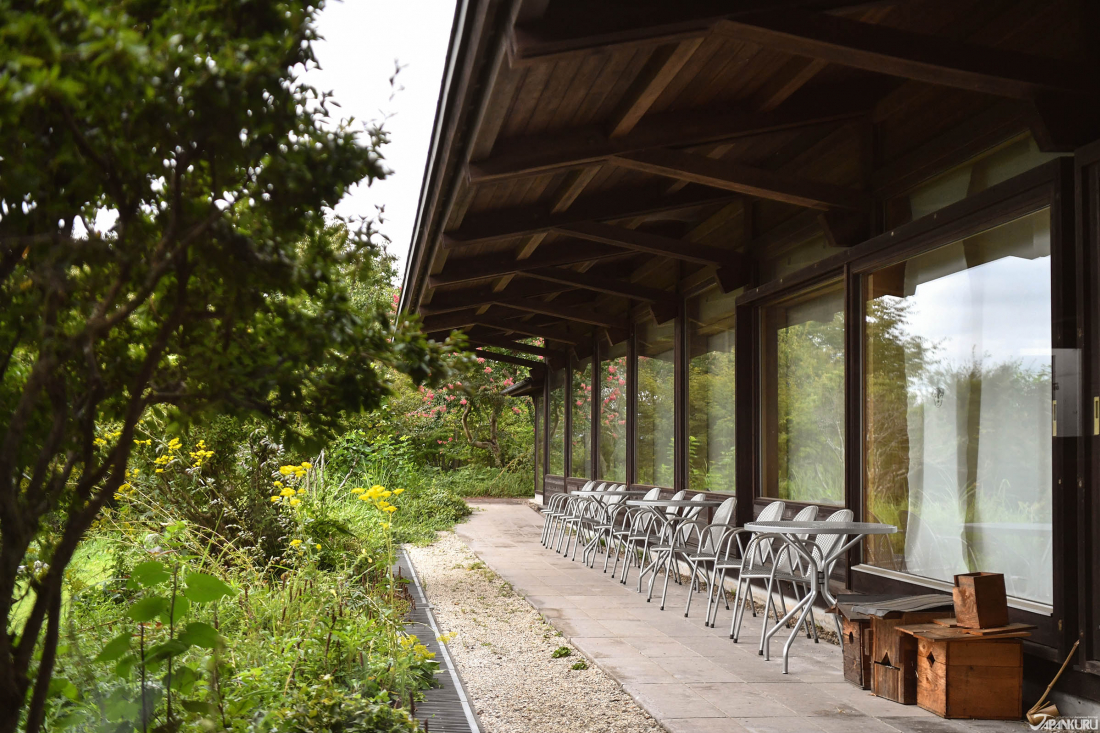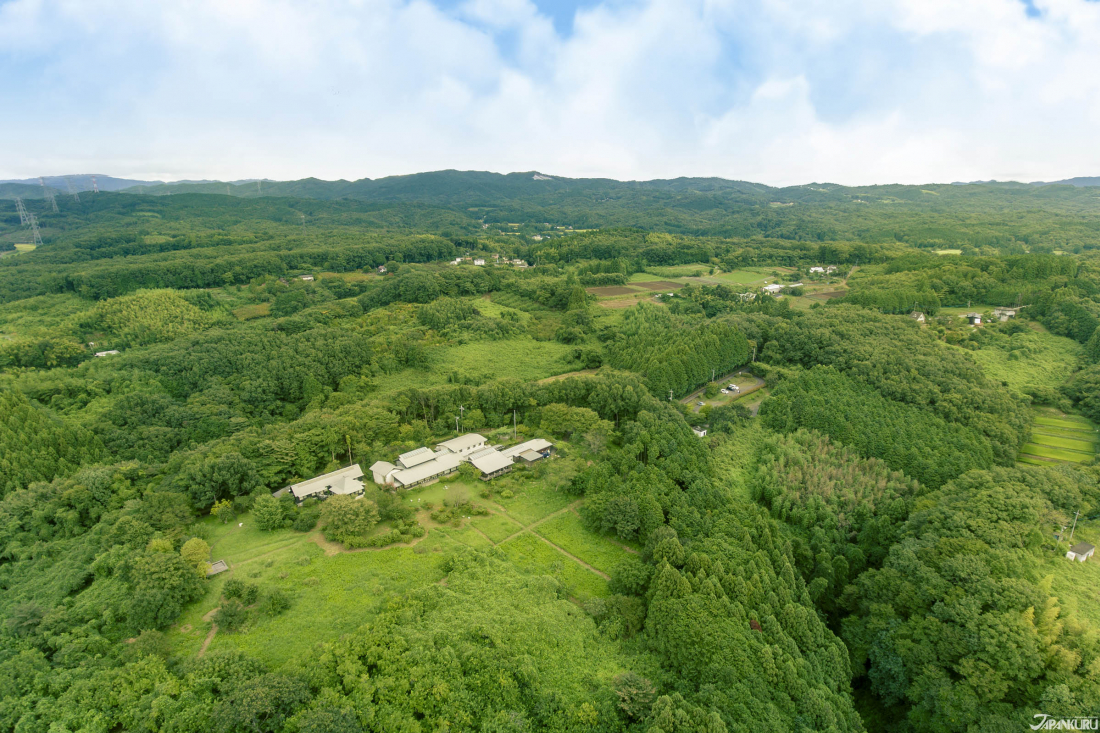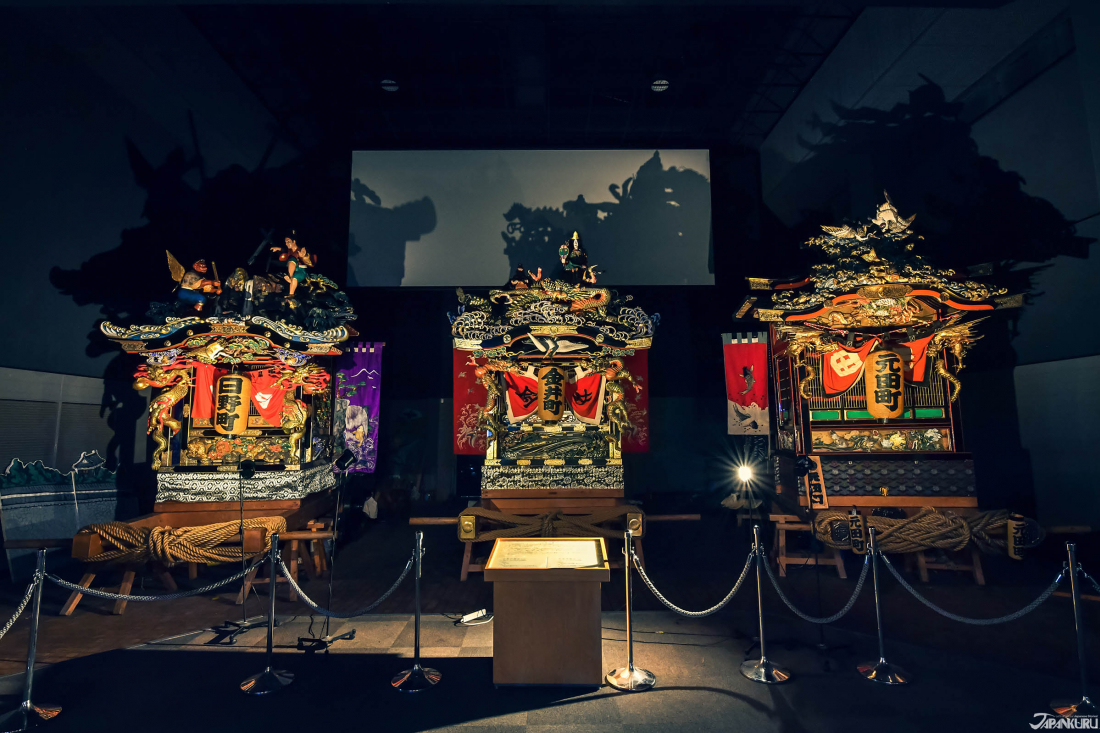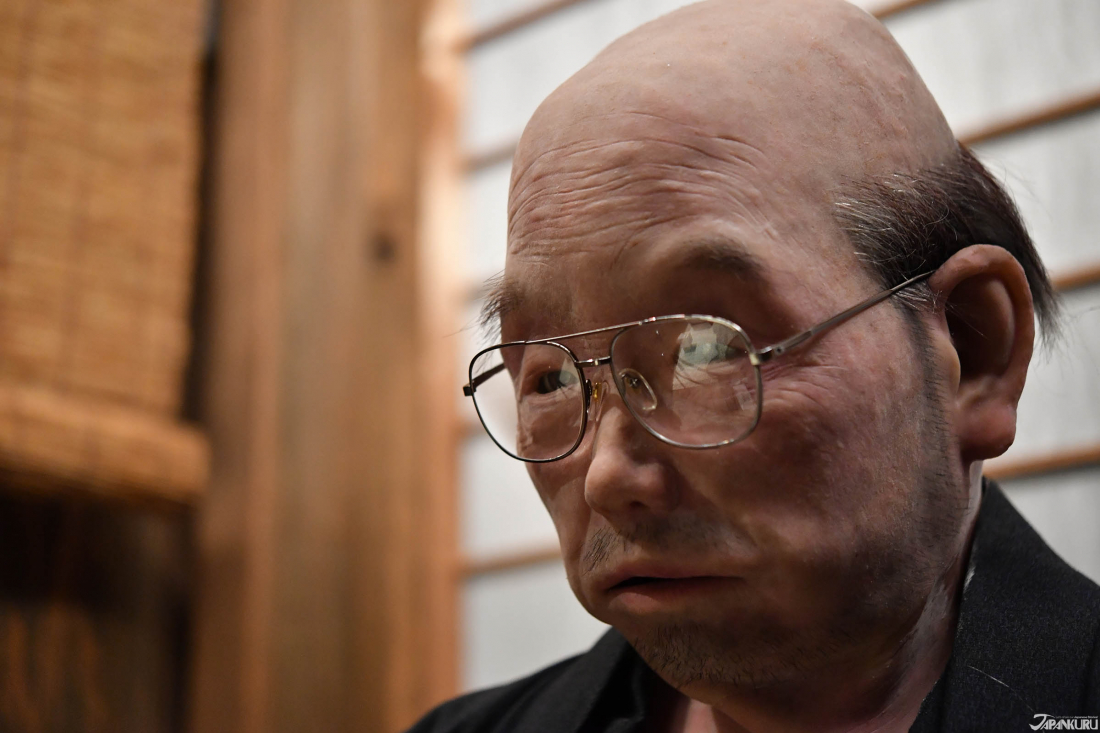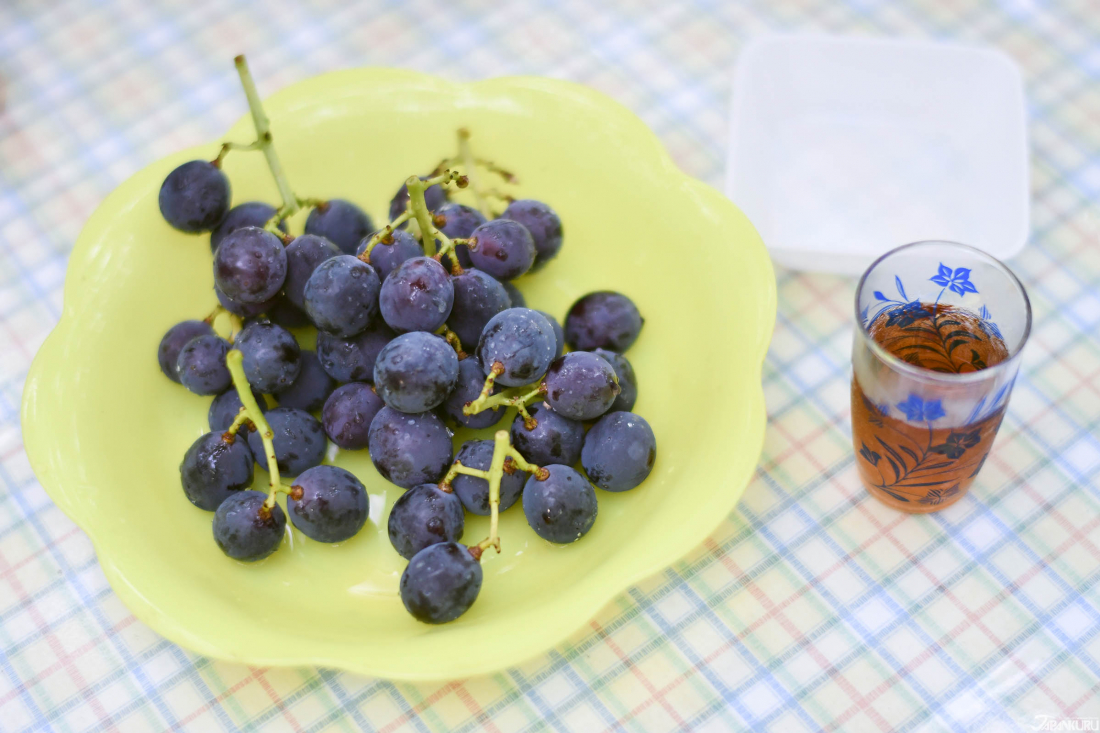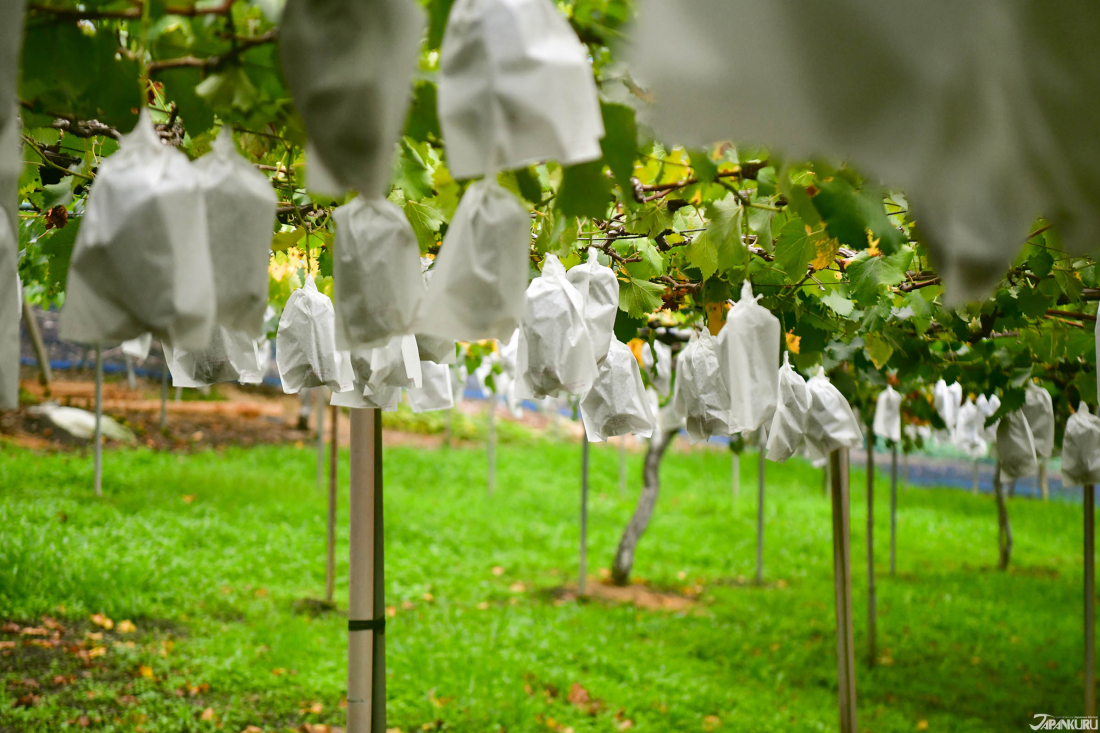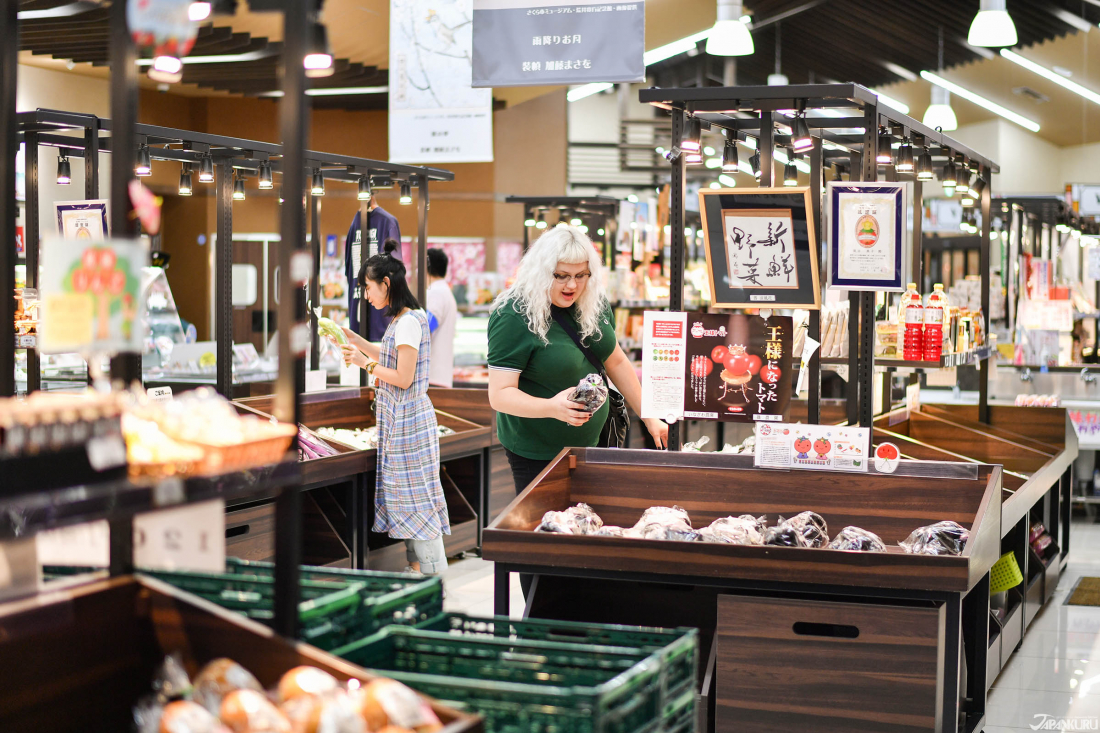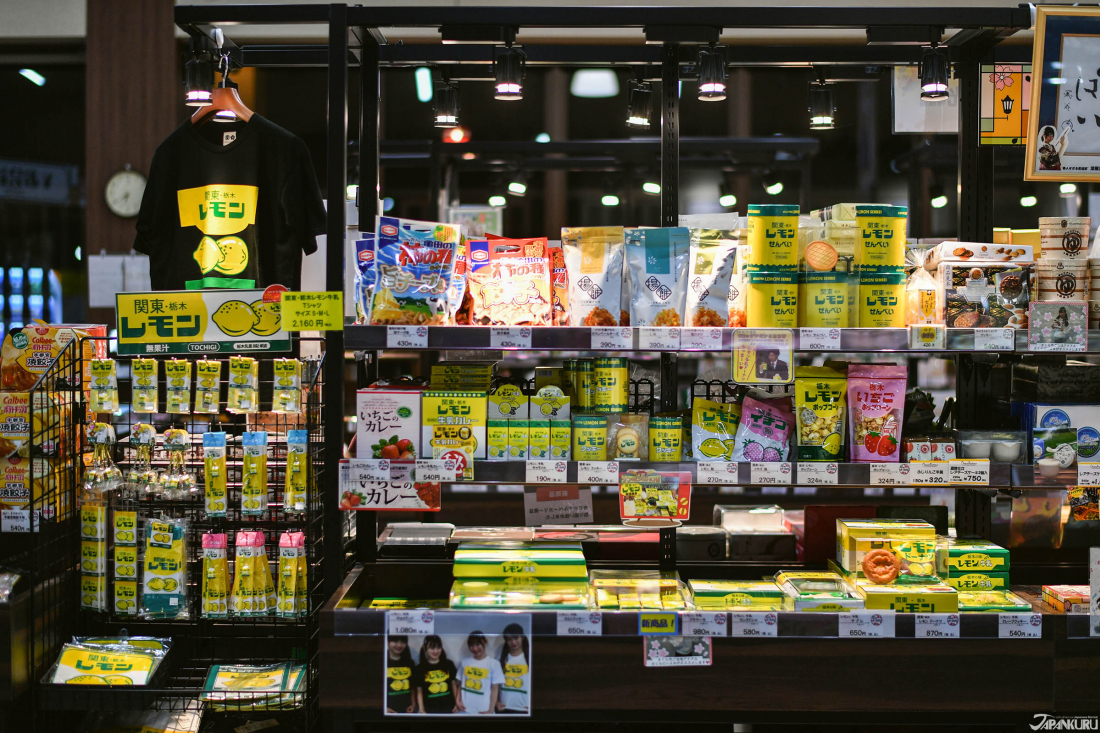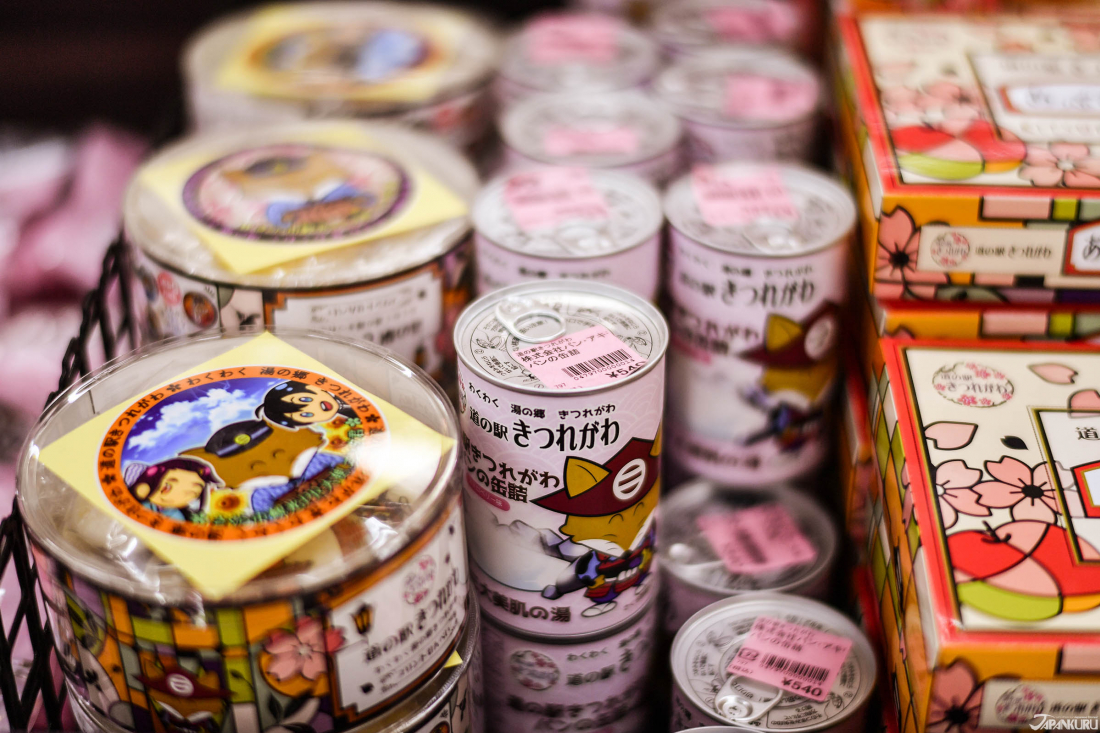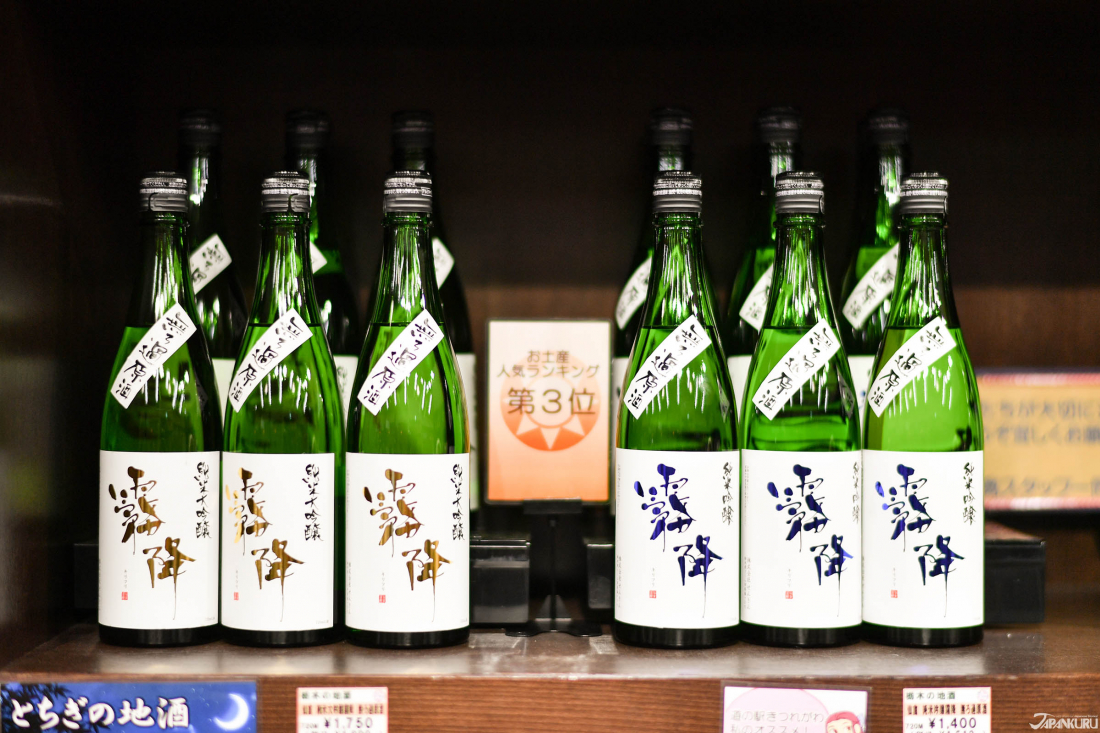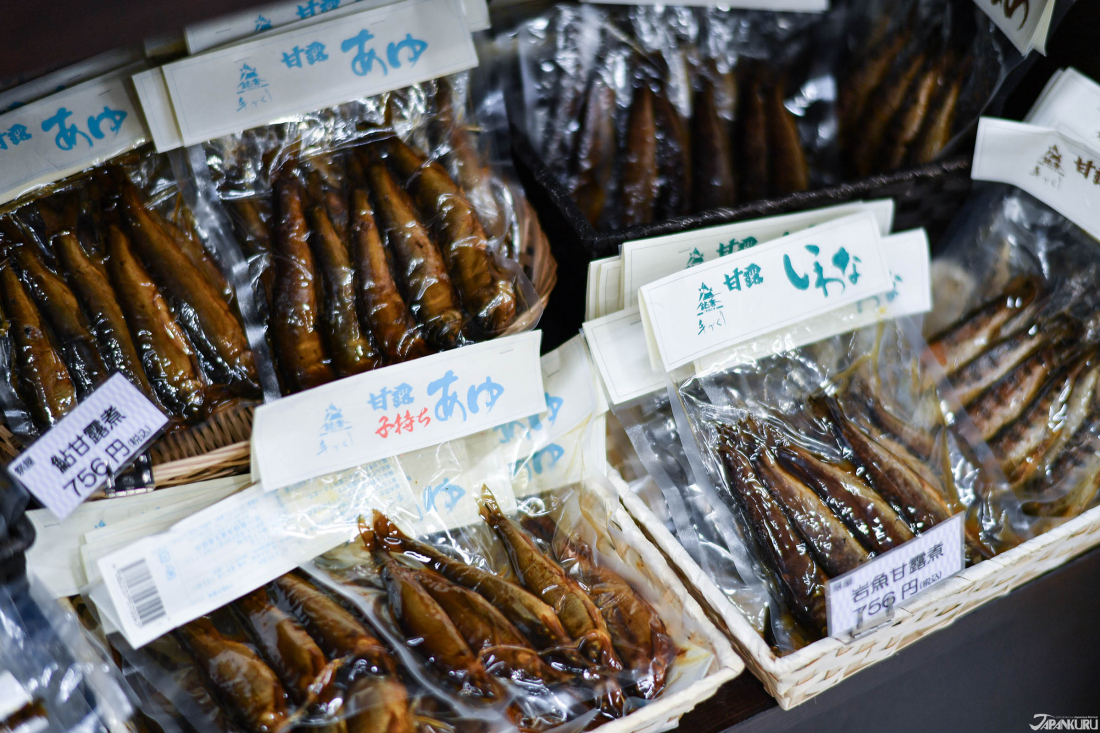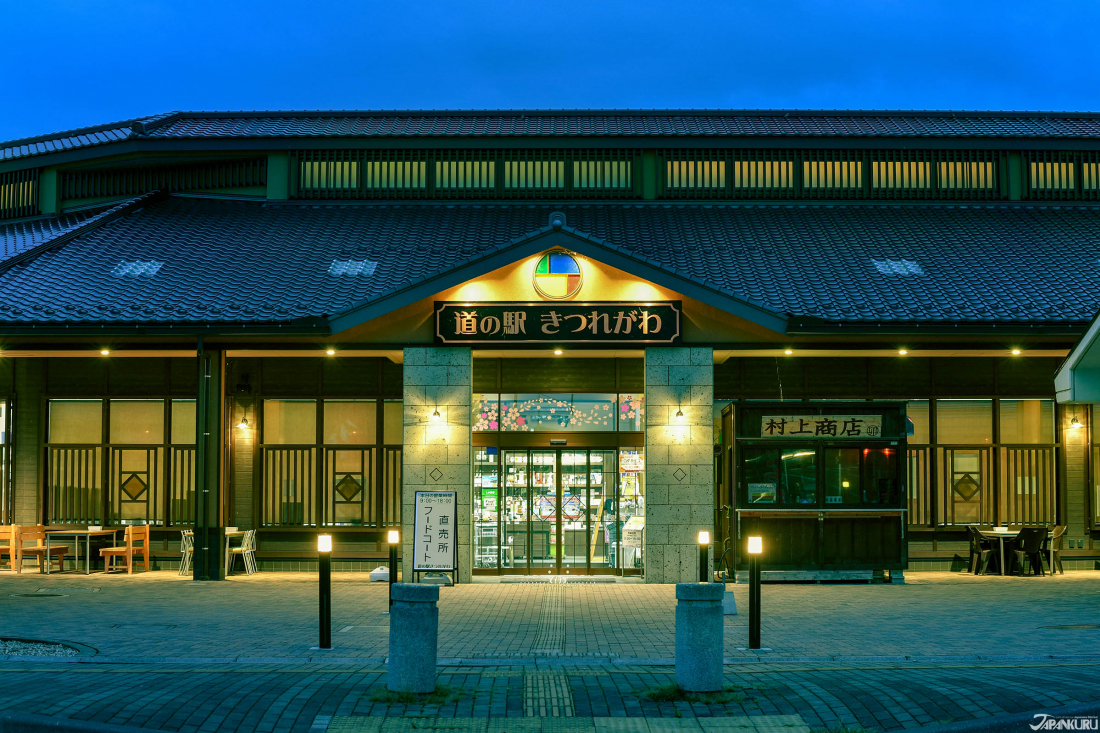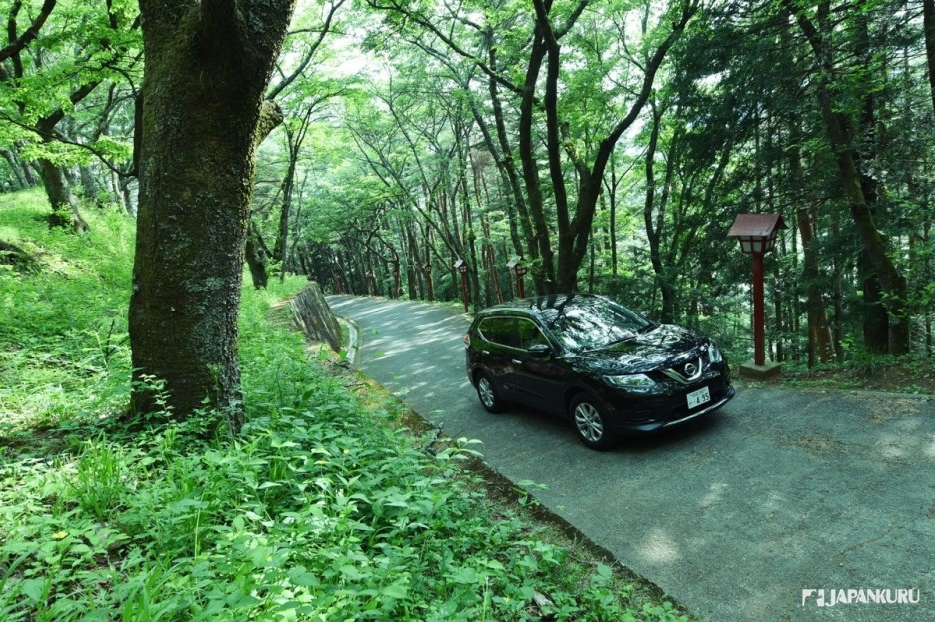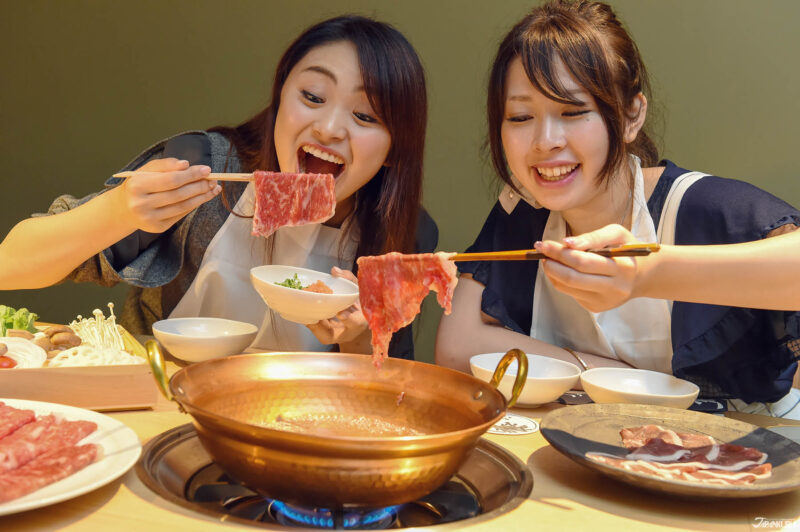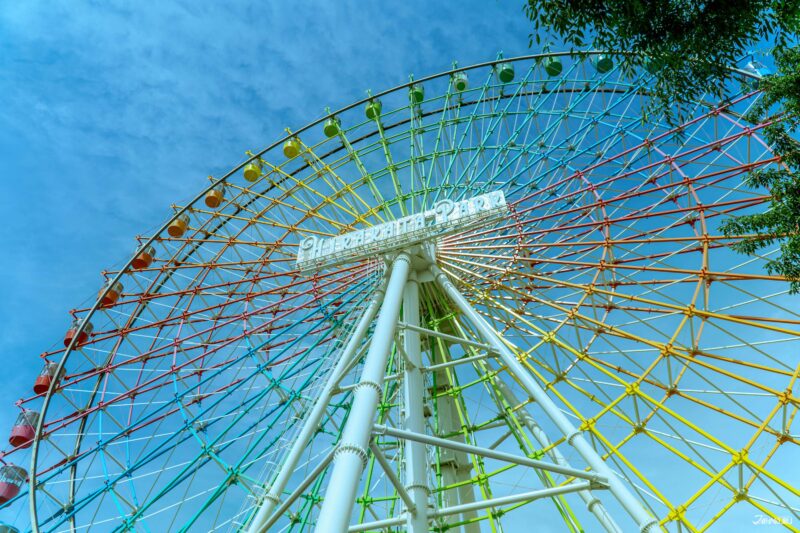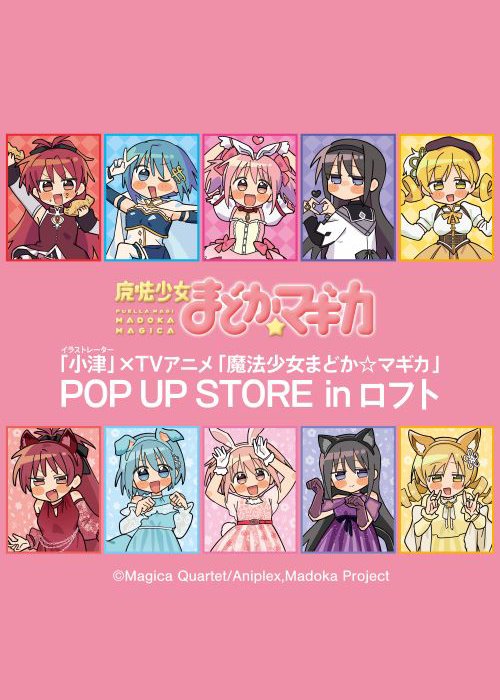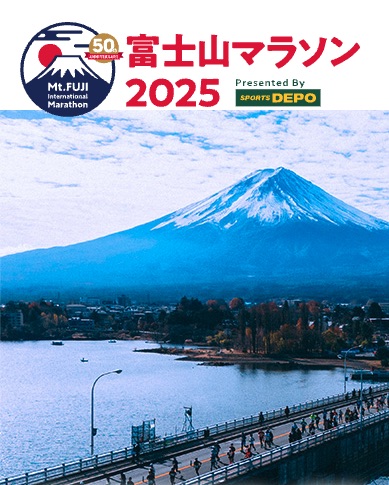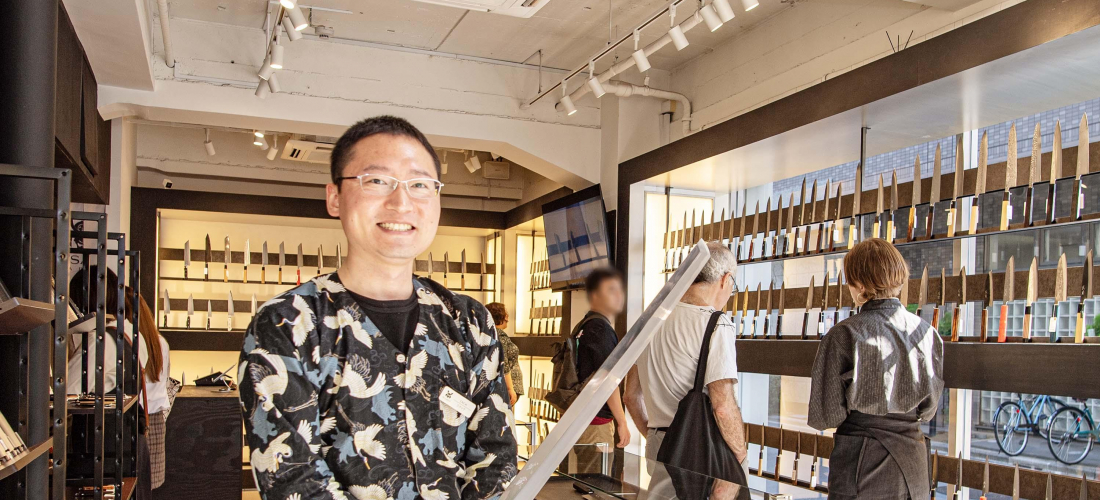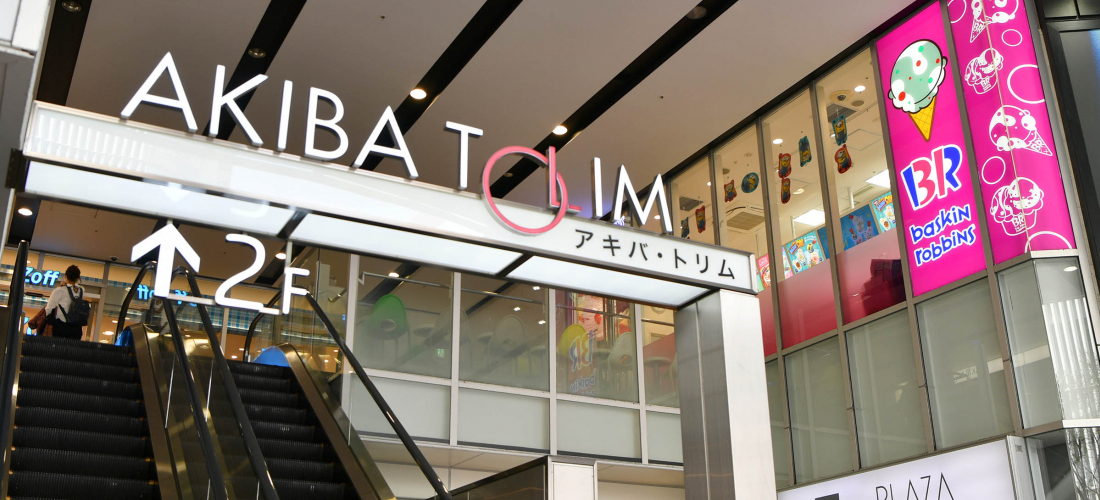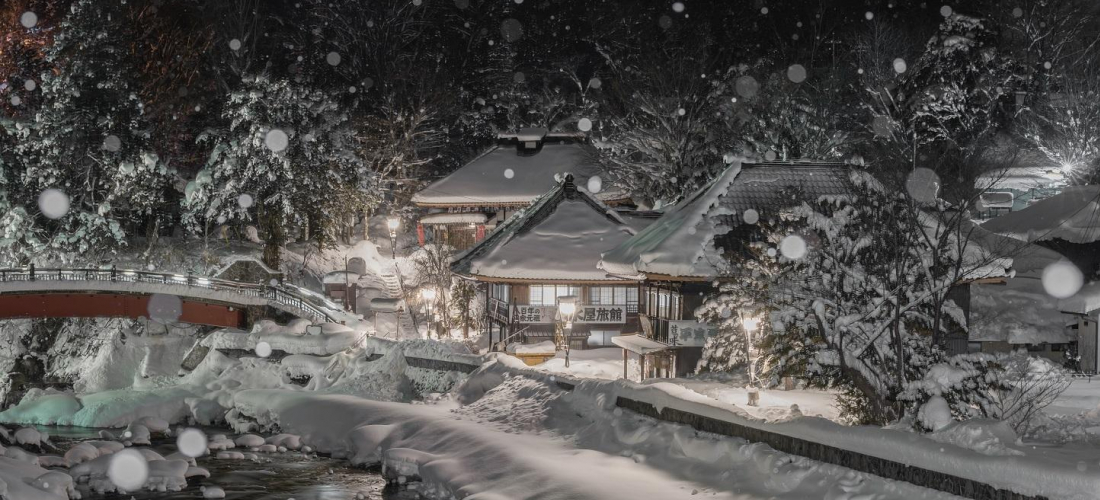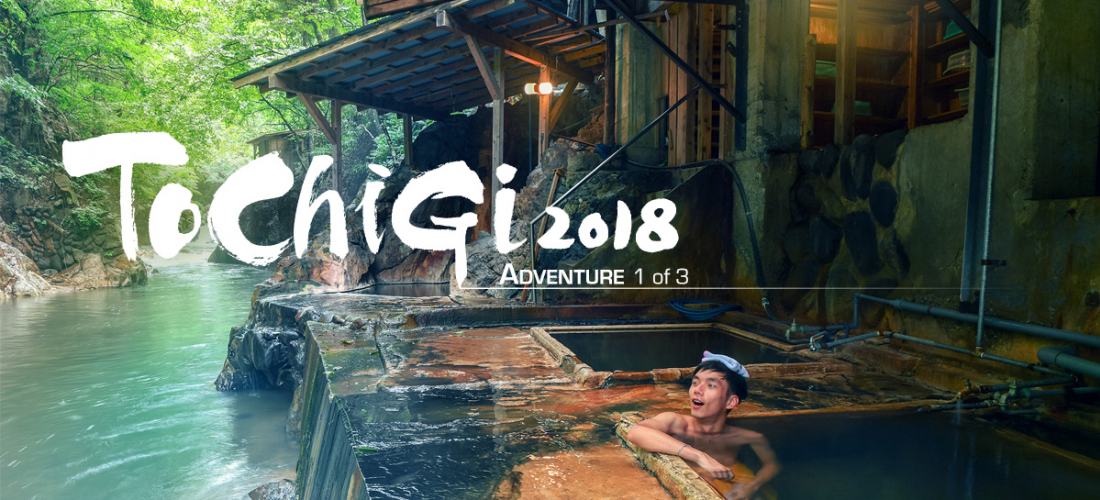
Earlier this summer we introduced a series of zoos in Nasu, Tochigi Prefecture that allowed you to get close and personal to the animals. This time JAPANKURU went back to Tochigi, but this time went to the northern part of the prefecture including some well-known areas like Nikko and Nasu, along with places we have never heard of before now. There we visited many cool sightseeing spots, including a good place to for the autumn foliage, one of a kind hot springs, a hidden Japanese temple for meditation, and more. Read further for more information on our experience and for some tips of places to visit on your next trip!
The north of Tochigi, which is about a two hour drive from Tokyo, consists of 14 cities and 11 towns (in 5 districts) which include the famous World Heritage Site city Nikko, Nasu-Shiobara, Otawara, and Nasu. This area is surrounded by wide mountain ranges and beautiful rivers, creating a rich natural landscape in the northern part of Tochigi. Tochigi's nature plays a big part in what it is famous for; hot springs, local sake, dairy products, strawberries, and Wagyu beef.
(日光)
When it comes to sightseeing in Tochigi, it is easy to say that most people start with Nikko. After all, there are the famous World Heritage sites like the Nikko Toshogu Shrine (東照宮) and Rinnoji Temple (輪王寺), the beautiful scenery of Lake Chuzenji (中禅寺湖), along with an array of waterfalls and historical museums. Due to the high mountain terrain, it is also a good place to escape from the heat that you may experience in Tokyo. In the autumn, there are more red leaves waiting for you. If you have already visited these classic Nikko spots, then allow us to show a different side of Nikko, introducing places that you may not have thought about going to before now.
Summer rafting is a cool choice, and it is close to the Kinugawa Onsen Station making it easy to access. There is a canoe ride along Kinugawa River, which takes you right into the middle of Kinugawa, Nikko's nature. The canoe ride is a shared system where everyone wears a life jacket and is normally full of passengers. Kinugawa River was active enough to get a little bit splashed here and there while reaching high speeds, but it is safe enough for children 4 and older. Along the trial are rocks and boulders that have some interesting names due to what they resemble. We went towards the end of the summer and it was so beautiful being around all the greenery. Next time we would like to go again during the fall or in April for the cherry blossoms!🌸
🛶Kinugawa Line Kudari(鬼怒川ライン下り)
Google Maps
4mins walk from Kinugawa Onsen Station
📅mid-April to late November (no holidays)
⏰9am~3:45pm
💴2700 yen for adults, 1200 yen for children (4 years and up)
💻Official website (JPN)
Those who are interested in Japanese-style old houses or history, if you come to Nikko, it is very recommended to go to the Nikko Tamozawa Imperial Villa Memorial Park. It is even ranked #2 on TripAdvisor for "Things to do in Nikko!" Yet this was our first time visiting! The old villa has a real remote and serene feeling, being surrounded by many tall trees as if were inside a park. Having 106 rooms, this villa blends Japan's Edo and Meiji era's architecture and design. Build in 1899 (during Meiji), it was originally made for serving the shogun family, Tokugawa clan, in Tokyo then later became a place for the imperial family. It was finally used as a resting place for Emperor Taisho, the current emperor's grandfather (Hirohito's father) and it was expanded and rebuilt several times to become what it is today. As you walk around the villa you will see and learn all sorts of hidden facts about Japanese culture. For instance, above most doorways and some hallways is a "kugikakushi" (nail head covers), with marks of the imperial chrysanthemum on them. These kugikakushi are available in different colors/metal types as not only a design but a notice of what rank of people are allowed in that area of the villa. As you would imagine, the more gorgeous and gold, the more elite you had to be to enter.
Nikko Tamozawa Imperial Villa Memorial Park (田母沢御用邸記念公園)
Google Maps
Taking the Tobu Bus "Tamozawa Imperial Villa Memorial Park" stop, 1 minute on foot
⏰April~October: 9am~5pm (tickets stop being sold at 4pm)
November~March: 9am~4:30pm (tickets stop being sold at 4pm)
📅Public holiday: Tuesdays (If the Tuesday is a national holiday, the park is opened on that day and closed on the following Wednesday), the end of the year (12/29~1/1)
💻Official website
When you go to the more original areas of the villa when it was still in Tokyo and owned by the Tokugawa clan, you may notice that the interior design changes and chrysanthemum marks turn to a Japanese plum blossom. Which was the Tokugawa clan's mark. Therefore, in this villa, you will see so many different characteristics of the Japanese imperial residence in the Taisho period (1912-1926), but you can also see the structural features of the Edo to Meiji periods in Japan.
The observatory built a plateau with a height of 4504ft (1373m) in just 3 minutes by the Akechidaira Ropeway. There you get the most beautiful panoramic view of great scenes like Lake Chuzenji Lake (中禅寺湖), Kegon Falls (華厳の滝), and Mount Nantai (男体山).
Akechidaira Ropeway (明智平ローブウェイ)
Google Maps
Take the bus going towards Yumoto Onsen or Chuzenji Onsen
(Bus route info in English here!)
⏰Ropeway: 9am~4pm (during the fall times may be extended)
📅3/1~15 is closed due to maintenance
💴Ropeway: Adult – 400yen (730yen roundtrip)
Child – 200yen (370yen roundtrip)
💻Official website (JPN)
There are many people in Japan who love trains and many foreigner who love Japanese trains! So it is no surprise that a steam locomotive in Nikko would be one of the most popular sightseeing attractions. In order to promote local tourism, they are celebrating the 120th anniversary of its first operation. Tobu Railway revived the steam engine last year (2017), and it has been running for the first year. Starting from Kinugawa Onsen Station, it runs through there and other areas of Nikko. Buy an "ekiben" (station lunch box) before getting on the train and enjoy the ride! A man in a conductors uniform will pass by selling commemorative pictures as well as a women wearing a kimono handing out limited postcards.
✴All seats of the Steam Locomotive Taiju are reserved!
Tickets can be purchased at Kinugawa Onsen Station or the Tobu Tourist Information Center Asakusa on the 1F of Asakusa Station
💴750 yen (adults), 380 yen (child)
After getting off the SL Taijyu at Shimo-Imaichi Station, you can go to the nearby cafe that is particularly famous for its cafe art but we came for something else! The shaved ice ("kakigori"; かき氷) they sell here is not made with just any sort of ice. They used a very old method of picking natural ice that is "cultivated" in Nikko. Not only that, they shaved ice here is massive and comes in all sorts of flavors! If you're looking for a good quick bite, this place is worth stopping by.
Opening in 1873 and existing as a registered National Heritage of Japan, Kanaya Hotel is the oldest western style hotel in Japan! This hotel is special and unique in the sense that it ran all through Meiji, Taisho, Showa, and Heisei periods!
After the Meiji Restoration, everything in Japan was greatly different. Many foreign travelers had difficulties finding places to stay overnight, especially in Nikko. It was then a Japanese man by the name Zenichiro Kanaya invited a Dr. Hepburn to stay with them, and the talk of opening a hotel for travelers began!
Many worldwide famous people have stayed at the hotel. Such as Gandhi, First Lady Eleanor Roosevelt, American aviator Charles Lindbergh, etc. What surprised us the most was Albert Einstein and Helen Keller!!! You can even stay in the same room that they were in! There is a good blend of both Japanese and Western culture throughout the hotel. Along with fixtures and even dishes savoring its 100 years of history.
Kanaya Hotel (金谷ホテル)
Google Maps
Tobu Nikko Station Jingu Hotel Shuttle Bus
Kanaya Hotel Shuttle Bus info here!
💻Official website
(那須塩原市)
Located on the fan-shaped ground in the northern section of the Kanto Plain, the city of Nasushiobara consists of terraces and mountains, and many rivers flowing through it. In such a place, the ancient hot spring town has been famous for hundreds of years, and the hot spring resources are abundant and diverse. If you don't know which hot spring to choose from, then take a look at some of the bathhouses we visited.
When it comes to Japanese hot springs, we personally think the best ones are the open-air hot springs. Being able to heal the body in an open space truly refreshes the soul. Myogaya Honkan is not your regular open-air hot spring though. With a history of more than 300 years, the hot springs here are multi-sex bath and what is more is that it is right along a river! Swimming in the river technically is not allowed, but apparently many people do! And once going here we can totally understand why you would want to!
Myogaya Honkan (明賀屋本館)
Google Maps
From Nasushiobara Station take the bus to Shiogama (塩釜)
💻 Official website (JPN)
This is one foot bath that we could get used to! Different from other "ashiyu" (足湯) that are small little foot bath areas in front of a station, this one is inside a beautiful architectural structure of a wooden ring. You can choose to just sit there if you like, but personally, we think that is no fun! The ring-shaped foot bath hot spring is 196ft (60m) long, which contains four kinds of spring water and different temperatures on each side. Also, along the bottom of the bath are stones. Along with the temperature, each section has different size and layout of rocks to achieve different degrees of foot healing effect.
Yuppo no Sato (湯っ歩の里)
Google Maps
⏰Dec. 1~March 31: 9am~5pm
April 1~Nov. 30: 9am~6pm
Closed every Thursday
💻Official website (JPN)
For those wanting to travel economically, there is a neat guesthouse in Nasushiobara. Combining local agricultural products and coffee shops with a sharehouse, "Chus" hopes to become a stronghold for travelers to start their trip enjoying Nasu's rich and natural atmosphere.
The second and third floors of the building is the guest house rooms and an open common space. Chus's room types are also quite diverse, with bunk beds, single rooms, and double rooms to choose from. Everything is quite natural and simple with the main concept of white and wood.
Chus
Google Maps
Kuroiso Station 10 minutes on foot
⏰10am~11pm
Closed the second Thursday of each month
💻Official website
(那須町)
Located in the northeastern part of Tochigi, Nasu-machi is bordered Nasushiobara. Like Nasushiobara, there are many hot springs however Nasu is a bit more famous. Also, due to a lot of farms, Nasu's dairy products are out of this world! In fact, many people are not aware but Nasu's dairy products are ranked #2 in popularity and quality (Hokkaido being #1). Which makes Nasu a great place to try naturally raised and made food.
Josephine cafe uses everything that is self-grown.
They also take berries and turn them into jams, and their milk produced on the farm is made into a super-rich yogurt, milk, and cheese which is combined into a series of healthy fresh and delicious desserts.
You can buy their fruit, veggies, jams, etc. if you like,
but we came for something sweeter.
The store's top recommendation, "Josephine's Parfait" is rich and creamy,
everything just melts in your mouth.
Easily the best parfait we have ever had.
We also tried the Yogurt Blueberry Toast which also surpassed our expectations.
Josephine Farm(ジョセフィンファーム)
Google Maps
⏰10:00~17:00
Closed on Tuesday's
💻Official website (JPN)
ROSSI is a gelato shop that offers more than 30 different flavors of ice cream, and depending on the season, they increase that amount to add flavors that they believe go with the season. Guests can choose several combinations of flavors according to their preferences, the most popular their strawberry flavors.
ROSSI
Google Maps
⏰10am~6pm
Closed on Tuesday's
💻Official website (JPN)
Driving along we saw some cows and an ice cream store right nearby so we decided to stop by. There were so many cars in the parking lot and people inside the store. The classic milk flavor was sold out, so we had the second most popular cream cheese flavor. The sweetness balanced so well with the cheesey taste, that it won praise among the JAPANKURU team members!
Ice Kobo Momoi (アイス工房 ももい)
Google Maps
⏰10am~5pm (open until 6pm in summer)
Closed on Wednesday's
💻Official website (JPN)
Our last ice cream stop was at Minamigaoka Dairy which is like a ranch where you can go horseback riding, pet farm animals, churn butter, and more. We were told that the ice cream here has the richest taste so we were curious to see how it compared to the others. You can get your ice cream from the ice cream stand labeled "soft cream" (ソフトクリーム) right next to the bread store. Just go into the main entrance from the parking lot and it will be the first building to your right. We tried both their premium vanilla (500yen) and limited flavor peach (380yen). Holy moly!! Never have we tasted anything like this before. The creamy richness reminded us of eating freshly handmade ice cream. We definitely felt like we could eat this ice cream for days.
Minamigaoka Dairy (南ヶ丘牧場)
Google Maps
⏰8am~5:30pm (depends on weather conditions)
💻Official website (JPN)
(大田原市)
Heading south from Nasushiobara, you will reach Otawara City. It was ruled under the Otawara clan for over 200 years who then pledged allegiance to the Tokugawa clan as a part of one of Japan's biggest battles, the Battle of Sekigahara. In the city, there is the ancient temple "Daioji Temple", which is famous for being a place for zen. This time we went to the Zen temple where we tried a traditional way of meditation then saw the cool traditional way of catching fish in the river.
Daioji Temple (大雄寺), is up through the mountains and surrounded with moss, trees, bushes, making it look like it was something from a Studio Ghibli movie. The temple was originally built in 1404, and the quaint earthen thatched roofs allow people to visit and see the same scenery that the samurai and monks saw hundreds of years ago. But the most special thing is that in addition to the visit, you can make an appointment for a traditional Buddhist meditation session. If the mind is restless or you start dozing off during the meditation, the master will take a cedar stick that looks like a ruler and POP! A little snap on your shoulder (this is on request though, you can refuse).
When eating Japanese food, there are so many different fish involved that it may be hard to keep track of what's what. The very common sweetfish is actually one of the famous dishes in Japanese food, but we never thought them to be anything special. A Tochigi river, the Nagawa River, is said to be the river with the highest production of sweetfish in Japan. Along that river, on the northeast side of Tochigi you will come across a riverside restaurant that has a history of more than 300 years. There you can see a whole new side of fishing that was built on the Nakagawa River.
Rather than using a fishing pole, or throwing a net into the stream, you stand on a giant bamboo platform which is used to catch fish the naturally swimming downstream. Standing on the bamboo frame in the middle of a busy river can be a bit nerve wracking but it is such a cool experience! In addition to catching fish, the restaurant prepares the sweetfish in all sorts of traditional ways. In order to protect the species from going extinct, especially during the summer which is the peak season, the fishing area is closed every Tuesday, but you can still go to the restaurant and eat there.
Kurobane Kankoyana (黒羽観光やな)
Google Maps
From Nasushiobara Station or Nishi-Nasano Station, take the bus to "Kurashinokan" (くらしの館) or "Kuroha Branch" (黒羽出張所)
⏰10am~5pm
💻Official website (JPN)
(那珂川町)
The town named after Nakagawa has a beautiful natural scenery and is a good place for many fishermen to fish. This place is also home to a number of cultural attractions, ideal for students who like art and just walking around having a real laidback time.
Tochigi Prefecture's government invited the famous Japanese architect Kengo Kuma to design eight public buildings in the prefecture. Among them, the Nakagawa-Machi Bato Hiroshige Art of Museum in Nakagawa is one of them. Combining traditional art with modern architectural design to create a minimalist and airy look.
Nakagawa-Machi Bato Hiroshige Art of Museum (馬頭広重美術館)
Google Maps
⏰9:30am~5pm (admission ends at 4:30pm)
💻Official website
Within the museum, there is also a coffee shop and gallery "JOZO Café / Gallery Snow Moon Flower". Here you can enjoy delicious and refreshing soba noodles, curry rice, and dango, as well as a variety of special dishes. The gallery shows and sells unique pottery utensils from all over Japan. There are times the gallery is open but not the restaurant, so be careful and check the time before you go.
JOZO Cafe (JOZO Café / Gallery雪月花)
Google Maps
⏰11am~4pm (food is served from 11:45~2pm on weekdays, and 11:30~2:30pm on the weekends)
Most Japanese have heard of Kazuo Iwamura and his "14 mice" children's books series but this was the first time for us. In Nakagawa-machi, there is a Kazuo Iwamura museum up in the mountains. There you can see a lot of his original work but also learn a bit more about the stories he wrote. There was also a world map showing you which works have been translated into each country. We were surprised to so a 9 of his work was translated and sold in America, but sadly the only one we recognized was the collaboration done with Eric Carle "Where are you going? To see my friend!" Pictures are not allowed but it really is a cute place to learn about Japan's book culture.
Iwamurakazuoehonnooka Museum (いわむらかずお絵本の丘美术馆)
Google Maps
⏰10am~5pm (admission ends at 4:30pm)
💻Official website (JPN)
(那須烏山市)
Nasukarasuyama is most famous for the Yama'age Festival (山あげ祭り) designated as an important intangible folk culture of Japan. Located in the middle east of Tochigi, there is an ancient legend there that deals with the famous three-legged crow. It is said that a military commander was searching for a place to build the famous Karasuyama Castle (烏山城) on the mountains but then suddenly saw a three-legged crow flow by. He was curious to where the crow was going, so the man followed to the bird. The place where they ended is the place it was decided to build this great castle.
If you want to know more about the legend of the crow in Nasukarasuyama along with the famous Yama'age Festival, then you should check out this cool museum Yama'age Kaikan (山あげ会館). The museum not only displays the gorgeous omikoshi (portable shrines) and props that are used at the festival, but also the super-realistic robots and mini stage with an amazing explanation/show of what the festival is like. It was the perfect display of Japanese creativity. In addition to the dynamic performances, there is also more information and displays about the festival as well as local souvenirs.
Yama'age Kaikan (山あげ会館)
Google Maps
⏰9am~4pm
Closed every public holiday and Tuesday
💻Official website
Japanese fruit is so good but it costs a ridiculous amount for just a small amount. However, when you come to Nasukarasuyama City, there are some orchards worth visiting. In addition to the most famous strawberry gardens in the city, there are also grapes, peaches, and apples that you can come and pick! The Watanabe Field that we visited this time does not allow you to pick the grapes yourself, but if you spend only 100 yen, we can get a full plate of grapes to try. From there if you would like to buy a bundle, you can.
Watanabe Vineyard (渡辺ぶどう園)
Google Maps
Suitable for the season: mid-August to early October
(さくら市)
Sakura City is in the middle of Tochigi, and it is named after the cherry blossoms that can be seen throughout the city. Besides tons of places to see beautiful cherry blossoms, there are also a lot of hot springs, most of which are said to not only help you feel relaxed but to "become more beautiful!" Coming to the last stop of our journey, we are going to end it with a very special hot spring and area rest stop.
Although there are no mountains and volcanoes nearby, there are still some sulfur hot springs like Kitsuregawa Sotome Onsen. What is cool about this hot spring is due to a chemical reaction, the water changes colors throughout the day also as weather changes. Sometimes it is emerald green, other times it is a more pale color. Since the owners are cat people, there are nearly 20 cats in the vicinity of the hot spring, so when resting in the semi-open-air hot spring bath, there is a high chance you will see cats wandering through! We have never seen a hot spring's water naturally change before, so we were really happy to find this treasure.
Kitsuregawa Sotome Onsen (喜連川早乙女温泉)
Google Maps
⏰10am~9pm
Closed on Thursday's (except national holidays)
💻Official website
Before heading back to Tokyo, we stopped by Kiretsugawa Rest Area (道の駅喜連川). We were impressed to find all sorts of famous products and goods from all around Tochigi Prefecture sold here. So if you want to have a look around at what sort of things are famous here, or if you realized you did not get any souvenir to bring back home, it is a cool place to kill some time before the drive back home. In addition to shopping, the rest station also has a foot bath and hot springs.
Kiretsugawa Rest Area (道の駅喜連川)
Google Maps
⏰Marketplace: 9am~6pm, Foot Bath: 11am~4pm, Hot Springs: 10am~11pm
Closed every second and fourth Monday (excluding national holidays)
💻Official website
For more interesting topics,
Be sure to look at JAPANKURU🐶 for more exciting articles every day!!
Or add us on Instagram and Facebook to share your Japanese pictures💖🗾
COMMENT
FEATURED MEDIA
VIEW MORE 
A New Tokyo Animal Destination: Relax & Learn About the World’s Animals in Japan
#pr #japankuru #anitouch #anitouchtokyodome #capybara #capybaracafe #animalcafe #tokyotrip #japantrip #카피바라 #애니터치 #아이와가볼만한곳 #도쿄여행 #가족여행 #東京旅遊 #東京親子景點 #日本動物互動體驗 #水豚泡澡 #東京巨蛋城 #เที่ยวญี่ปุ่น2025 #ที่เที่ยวครอบครัว #สวนสัตว์ในร่ม #TokyoDomeCity #anitouchtokyodome

Shohei Ohtani Collab Developed Products & Other Japanese Drugstore Recommendations From Kowa
#pr #japankuru
#kowa #syncronkowa #japanshopping #preworkout #postworkout #tokyoshopping #japantrip #일본쇼핑 #일본이온음료 #오타니 #오타니쇼헤이 #코와 #興和 #日本必買 #日本旅遊 #運動補充能量 #運動飲品 #ช้อปปิ้งญี่ปุ่น #เครื่องดื่มออกกำลังกาย #นักกีฬา #ผลิตภัณฑ์ญี่ปุ่น #อาหารเสริมญี่ปุ่น

도쿄 근교 당일치기 여행 추천! 작은 에도라 불리는 ‘가와고에’
세이부 ‘가와고에 패스(디지털)’ 하나면 편리하게 이동 + 가성비까지 완벽하게! 필름카메라 감성 가득한 레트로 거리 길거리 먹방부터 귀여움 끝판왕 핫플&포토 스폿까지 총집합!
Looking for day trips from Tokyo? Try Kawagoe, AKA Little Edo!
Use the SEIBU KAWAGOE PASS (Digital) for easy, affordable transportation!
Check out the historic streets of Kawagoe for some great street food and plenty of picturesque retro photo ops.
#pr #japankuru #도쿄근교여행 #가와고에 #가와고에패스 #세이부패스 #기모노체험 #가와고에여행 #도쿄여행코스 #도쿄근교당일치기 #세이부가와고에패스
#tokyotrip #kawagoe #tokyodaytrip #seibukawagoepass #kimono #japantrip

Hirakata Park, Osaka: Enjoy the Classic Japanese Theme Park Experience!
#pr #japankuru #hirakatapark #amusementpark #japantrip #osakatrip #familytrip #rollercoaster #retrôvibes #枚方公園 #大阪旅遊 #關西私房景點 #日本親子旅行 #日本遊樂園 #木造雲霄飛車 #히라카타파크 #สวนสนุกฮิราคาตะพาร์ค

🍵Love Matcha? Upgrade Your Matcha Experience With Tsujiri!
・160년 전통 일본 말차 브랜드 츠지리에서 말차 덕후들이 픽한 인기템만 골라봤어요
・抹茶控的天堂!甜點、餅乾、飲品一次滿足,連伴手禮都幫你列好清單了
・ส่องมัทฉะสุดฮิต พร้อมพาเที่ยวร้านดังในอุจิ เกียวโต
#pr #japankuru #matcha #matchalover #uji #kyoto #japantrip #ujimatcha #matchalatte #matchasweets #tsujiri #말차 #말차덕후 #츠지리 #교토여행 #말차라떼 #辻利抹茶 #抹茶控 #日本抹茶 #宇治 #宇治抹茶 #日本伴手禮 #抹茶拿鐵 #抹茶甜點 #มัทฉะ #ของฝากญี่ปุ่น #ชาเขียวญี่ปุ่น #ซึจิริ #เกียวโต

・What Is Nenaito? And How Does This Sleep Care Supplement Work?
・你的睡眠保健品——認識「睡眠茶氨酸錠」
・수면 케어 서플리먼트 ‘네나이토’란?
・ผลิตภัณฑ์เสริมอาหารดูแลการนอน “Nenaito(ネナイト)” คืออะไร?
#pr #japankuru #sleepcare #japanshopping #nenaito #sleepsupplement #asahi #睡眠茶氨酸錠 #睡眠保健 #朝日 #l茶胺酸 #日本藥妝 #日本必買 #일본쇼핑 #수면 #건강하자 #네나이토 #일본영양제 #อาหารเสริมญี่ปุ่น #ช้อปปิ้งญี่ปุ่น #ร้านขายยาญี่ปุ่น #ดูแลตัวเองก่อนนอน #อาซาฮิ

Japanese Drugstore Must-Buys! Essential Items from Hisamitsu® Pharmaceutical
#PR #japankuru #hisamitsu #salonpas #feitas #hisamitsupharmaceutical #japanshopping #tokyoshopping #traveltips #japanhaul #japantrip #japantravel

Whether you grew up with Dragon Ball or you just fell in love with Dragon Ball DAIMA, you'll like the newest JINS collab. Shop this limited-edition Dragon Ball accessory collection to find some of the best Dragon Ball merchandise in Japan!
>> Find out more at Japankuru.com! (link in bio)
#japankuru #dragonball #dragonballdaima #animecollab #japanshopping #jins #japaneseglasses #japantravel #animemerch #pr

This month, Japankuru teamed up with @official_korekoko to invite three influencers (originally from Thailand, China, and Taiwan) on a trip to Yokohama. Check out the article (in Chinese) on Japankuru.com for all of their travel tips and photography hints - and look forward to more cool collaborations coming soon!
【橫濱夜散策 x 教你怎麼拍出網美照 📸✨】
每次來日本玩,是不是都會先找旅日網紅的推薦清單?
這次,我們邀請擁有日本豐富旅遊經驗的🇹🇭泰國、🇨🇳中國、🇹🇼台灣網紅,帶你走進夜晚的橫濱!從玩樂路線到拍照技巧,教你怎麼拍出最美的夜景照。那些熟悉的景點,換個視角說不定會有新發現~快跟他們一起出發吧!
#japankuru #橫濱紅磚倉庫 #汽車道 #中華街 #yokohama #japankuru #橫濱紅磚倉庫 #汽車道 #中華街 #yokohama #yokohamaredbrickwarehouse #yokohamachinatown

If you’re a fan of Vivienne Westwood's Japanese designs, and you’re looking forward to shopping in Harajuku this summer, we’ve got important news for you. Vivienne Westwood RED LABEL Laforet Harajuku is now closed for renovations - but the grand reopening is scheduled for July!
>> Find out more at Japankuru.com! (link in bio)
#japankuru #viviennewestwood #harajuku #omotesando #viviennewestwoodredlabel #viviennewestwoodjapan #비비안웨스트우드 #오모테산도 #하라주쿠 #日本購物 #薇薇安魏斯伍德 #日本時尚 #原宿 #表參道 #japantrip #japanshopping #pr

Ready to see TeamLab in Kyoto!? At TeamLab Biovortex Kyoto, the collective is taking their acclaimed immersive art and bringing it to Japan's ancient capital. We can't wait to see it for ourselves this autumn!
>> Find out more at Japankuru.com! (link in bio)
#japankuru #teamlab #teamlabbiovortex #kyoto #kyototrip #japantravel #artnews
Photos courtesy of teamLab, Exhibition view of teamLab Biovortex Kyoto, 2025, Kyoto ® teamLab, courtesy Pace Gallery

Japanese Makeup Shopping • A Trip to Kamakura & Enoshima With Canmake’s Cool-Toned Summer Makeup
#pr #canmake #enoshima #enoden #에노시마 #캔메이크 #japanesemakeup #japanesecosmetics

⚔️The Robot Restaurant is gone, but the Samurai Restaurant is here to take its place. Check it out, and don't forget your coupon!
🍣신주쿠의 명소 로봇 레스토랑이 사무라이 레스토랑으로 부활! 절찬 쿠폰 발급중
💃18歲以上才能入場的歌舞秀,和你想的不一樣!拿好優惠券去看看~
#tokyo #shinjuku #samurairestaurant #robotrestaurant #tokyotrip #도쿄여행 #신주쿠 #사무라이레스토랑 #이색체험 #할인이벤트 #歌舞伎町 #東京景點 #武士餐廳 #日本表演 #日本文化體驗 #japankuru #japantrip #japantravel #japanlovers #japan_of_insta

Japanese appliance & electronics shopping with our KOJIMA x BicCamera coupon!
用JAPANKURU的KOJIMA x BicCamera優惠券買這些正好❤️
코지마 x 빅 카메라 쿠폰으로 일본 가전 제품 쇼핑하기
#pr #japankuru #japanshopping #kojima #biccamera #japaneseskincare #yaman #dji #osmopocket3 #skincaredevice #日本購物 #美容儀 #相機 #雅萌 #日本家電 #일본여행 #면세 #여행꿀팁 #일본쇼핑리스트 #쿠폰 #일본쇼핑 #일본브랜드 #할인 #코지마 #빅카메라 #japankurucoupon

